 Abraham Lincoln
If given the truth, the people can be depended upon to meet any national crisis...
Abraham Lincoln
If given the truth, the people can be depended upon to meet any national crisis...
 Guildford news...
for Guildford people, brought to you by Guildford reporters - Guildford's own news service
Guildford news...
for Guildford people, brought to you by Guildford reporters - Guildford's own news service
Birdwatcher’s Diary No.291
Published on: 3 Nov, 2023
Updated on: 4 Nov, 2023
By Malcolm Fincham
The first frost of the autumn was on October 16. From then on, although nights were milder, daytime temperatures cooled and there was more than one wet week in the fortnight that remained.
Infamous Atlantic westerlies, including a named storm Babet, brought with them a constant flow of precipitation.
Although northern counties of the UK took the brunt of the cloudbursts and stormy weather, southern counties also received a higher than average spell of rainfall, for this time of year.
Despite limiting my time for opportunities of wildlife photography, I continued to ‘make hay’ within the periods that the sun shone.
Some of the best places to look for birdlife at this time of were berry bushes, as their fruits began to ripen.
On Whitmoor Common blackbirds had already began to feed on rowan berries.
Often joined by great tits.
As well as blue tits.
Blackbirds, as well as other wintering thrushes, tend to avoid holly berries at this time of the year, awaiting them to ripen later during winter month before starting to feast upon them. Usually consuming a majority of them just before the thought of snipping a few sprigs for one’s festive decorations.
Other types of seed-eating birds had also arrived, now in flocks. These included a flock of well over 30 goldfinches, now feeding on the cylindrical catkins of the silver birch trees.
A smaller flock of linnets could also be viewed.
My greatest delight was to see a group of 20 or so lesser redpolls that had made a return, having been absent from the Surrey for well over a year, and they could also be seen feeding on the silver birch seed pods.
Out on the heathland I continued a few attempts of photo-shots of jays, as they continued to collect acorns from the oaks at the edge of the heath, carrying as many as eight or so at one time in their gullets, to regurgitate them at their chosen places.
A kestrel continued to be viewed about the heathland looking for prey.
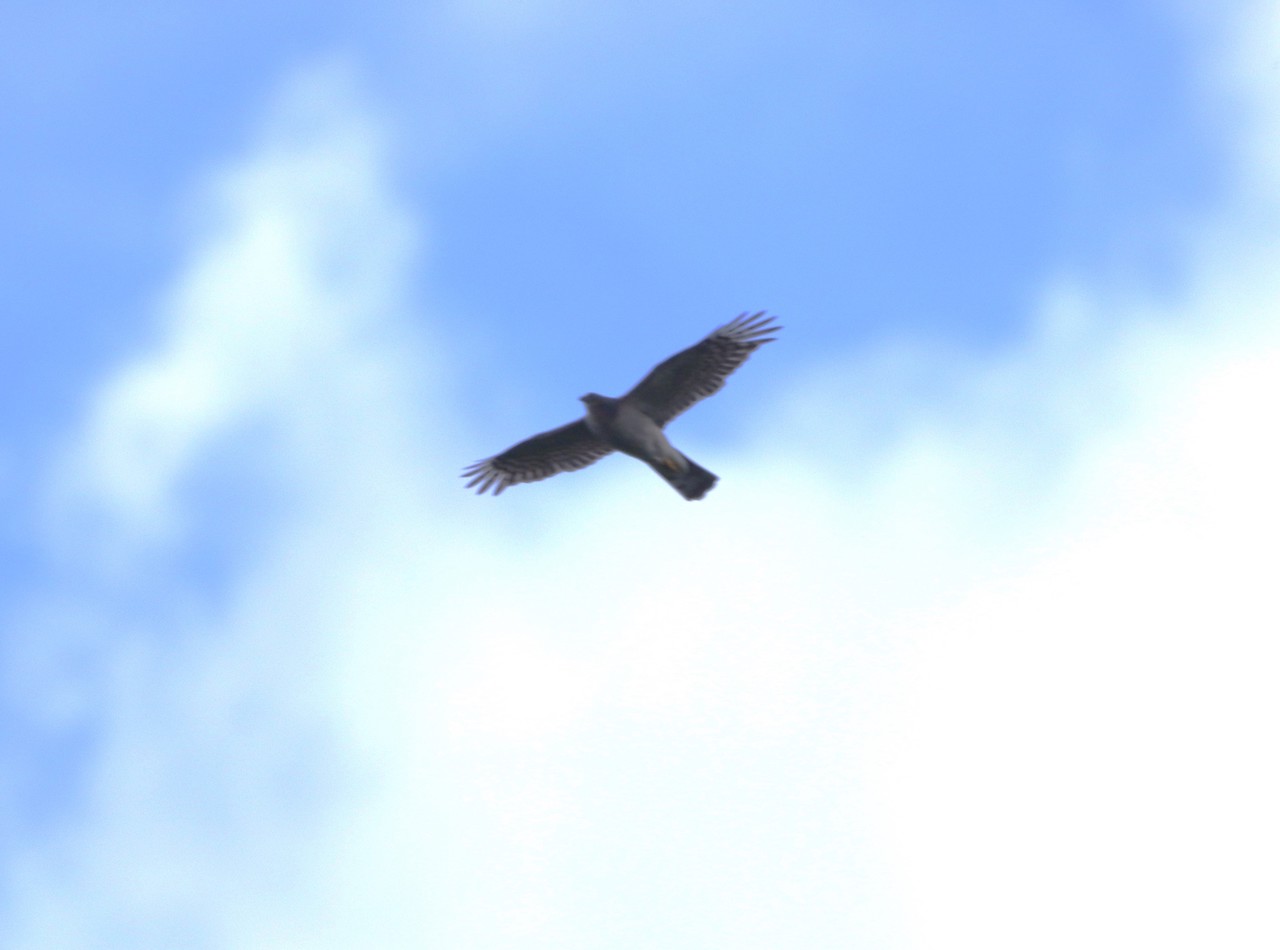 While a sparrowhawk could be viewed from time to time during late afternoon, as it looked for an opportunity to strike an unsuspecting victim for supper, before going to roost.
While a sparrowhawk could be viewed from time to time during late afternoon, as it looked for an opportunity to strike an unsuspecting victim for supper, before going to roost.
A continuation of mild weather also allowed me to see a few common darter dragonflies still on the wing during the sunnier spells.
While out on the heathland there were stonechats.
A few Dartford warblers.
As well as small groups of meadow pipits that continued to be present.
And great spotted woodpeckers were never far from view.
At St Mary’s Church, Perry Hill, a firecrest continued to welcome my presence at the entrance to the churchyard.
Looking back from the car park, the large beech tree was once again holding copious amounts of beech mast, which had drawn attention to a small flock of wood pigeons to gather about the base of the tree who were feeding on the fallen seeds. High in the tree, among its now coppery leaves, a few more wood pigeons as well as several ring necked parakeets could be viewed.
Within the churchyard several jays flew back and forth occasionally perching on the gravestones.
An opportunist grey squirrel also got in on the act of gathering acorns, much to the disgust of one onlooking jay.
Red admiral butterflies continued to be on the wing when the sun shone, perching on the sunlit gravestones taking in the dwindling warmth and avoiding the dampness of the ground.
Perched high up in, and sunlit in a conifer, were at least three greenfinches.
A visit to Britten’s Pond also added a few photos to my fortnight’s wanderings.
At a number of locations around the pond carp anglers were fishing from their ‘swims’. One could be seen gleefully holding a fish of over 20lb in weight, while posing for a fellow colleague to photo.
Once again the kingfisher was present, but challenging to photograph. Eventually, I captured a few acceptable shots for the records.
Several nuthatches could be heard calling as I walked around the lake and eventually one gave itself up for a photo.
A treecreeper kindly appeared, at first too close to photo with my long lens, leaving me to have to retreat several paces to focus.
The grey heron there, as always, was far more photogenic.
A visit to Lydling Farm, in Shackleford, allowed me to get yet more photo-shots of a few of at least seven red kites seen about the fields that afternoon.
Also allowing me the chance of practising my attempts of a few in-flight shots.
As well as a few that were feeding on grubs and worms on a recently ploughed field, with a few common buzzards also in the mix.
One common buzzard could also be viewed at distance, perched up on one of the utility polls.
A handful of redwings were also now present, but distant to view.
While pied wagtails and several stonechats perched up for a few more rewarding photos.
An invite from Bob and Dougal took me on a walk about Winterfold Heath, near Cranleigh on October 21, in the hope of seeing ring ouzels.
As many as four had been present there for a week. They had stopped off to feed on the berries of a whitebeam tree along the edge of one of tracks around the heathland.
Skittish by nature, the birds were still present, but often disturbed unwittingly by walkers, making possibilities of photographing the birds almost impossible as they flew down to pick a few berries, then returning to the cover of the Scots pines beyond. Often only allowing in flight-views as they mostly chose the berries at the back of the tree.
The ring ouzel is slightly smaller and longer tailed than the blackbird. The adult male is more distinctive showing a distinctive white gorget (white crescent on the upper chest), and pale, silvery wing panels, especially on its underwing when in flight. Females and immature ring ouzels, however, are less distinctive.
While optimistically awaiting an opportunity to see and photo one, however, five, or so common crossbills flew over our heads.
And small groups of siskins could be seen and heard in the pines above.
On our return to the car park, a group of 30 or so lesser redpolls settled briefly close by. Alas, by then the light was fading and another heavy shower of rain passed through.
At the Riverside Nature Reserve near Burpham, a dozen or so tufted ducks had now returned to winter on Stoke Lake.
A great crested grebe could also be seen out on the water.
In a clump of brambles by the boardwalk near the lakeside, one of at least two Cetti’s warblers was heard calling and could briefly be viewed as it skulked about within the thicket.
Along the boardwalk a stonechat could be viewed.
While three cormorants perched up high on one of the utility pylons that run through the reserve.
At Stoke Lock, a kingfisher flashed by allowing just a poor attempt of a photo as it shot by, calling.
Across the river from the towpath, work had now begun clearing the land for the new housing estate to be built, revealing a distant view of the recycling centre in all its glory. On and about its roof a good number of gulls continued their presence.
A red kite, as often seen on previous visits, was circling within the proximity of the centre.
While a little further downstream along the River Wey, a grey heron came in to land on the far bank, allowing another photo opportunity.
Also on my travels a variety of fungi could now be found. These included magpie inkcaps.
As well as collared earthstar fungi, also while on a visit to Sheepleas.
A visit to Dick Fock’s Common within Effingham Forest on October 28, with Bob, was also a notable occasion, seeing a flock of over 20 common crossbills.
This was the most we had seen in one group since the 30 or so we had seen on Crooksbury Common in April 2021. https://guildford-dragon.com/

Click on cartoon for Dragon story: Public Asked for Views on SCC’s Proposal for Reduced Speed Limits



Recent Articles
- Final Phase of Deepcut Redevelopment Approved
- GuilFest Returns to Stoke Park with Global Names and Local Soul
- Exercise May Aid Body’s Immune Response Against Cancer, Pilot Study Finds
- Letter: How Surveys of Public Opinion Should Be Organised
- Catapult Attacks, Shoplifting and Graffiti – the ASB Problem That Ash Is Facing
- A281 Closure Expected to Continue
- Guildford’s Green Day Shows Commitment to Net Zero by 2030 Remains
- Letter: We Should All Have a Say in How Our Local Government Is Reorganised
- Dragon Review: Madam Butterfly – Grange Park Opera
- Letter: PIP Claimants Under-claim


Search in Site
Media Gallery
Dragon Interview: Local Artist Leaves Her Mark At One of England’s Most Historic Buildings
January 21, 2023 / No Comment / Read MoreDragon Interview: Lib Dem Planning Chair: ‘Current Policy Doesn’t Work for Local People’
January 19, 2023 / No Comment / Read MoreA3 Tunnel in Guildford ‘Necessary’ for New Homes, Says Guildford’s MP
January 10, 2023 / No Comment / Read More‘Madness’ for London Road Scheme to Go Ahead Against ‘Huge Opposition’, Says SCC Leader
January 6, 2023 / No Comment / Read MoreCouncillor’s Son Starts Campaign for More Consultation on North Street Plan
December 30, 2022 / No Comment / Read MoreCounty Council Climbs Down Over London Road Works – Further ‘Engagement’ Period Announced
December 14, 2022 / No Comment / Read MoreDragon Interview: GBC Reaction to the Government’s Expected Decision to Relax Housing Targets
December 7, 2022 / No Comment / Read MoreHow Can Our Town Centre Businesses Recover? Watch the Shop Front Debate
May 18, 2020 / No Comment / Read More



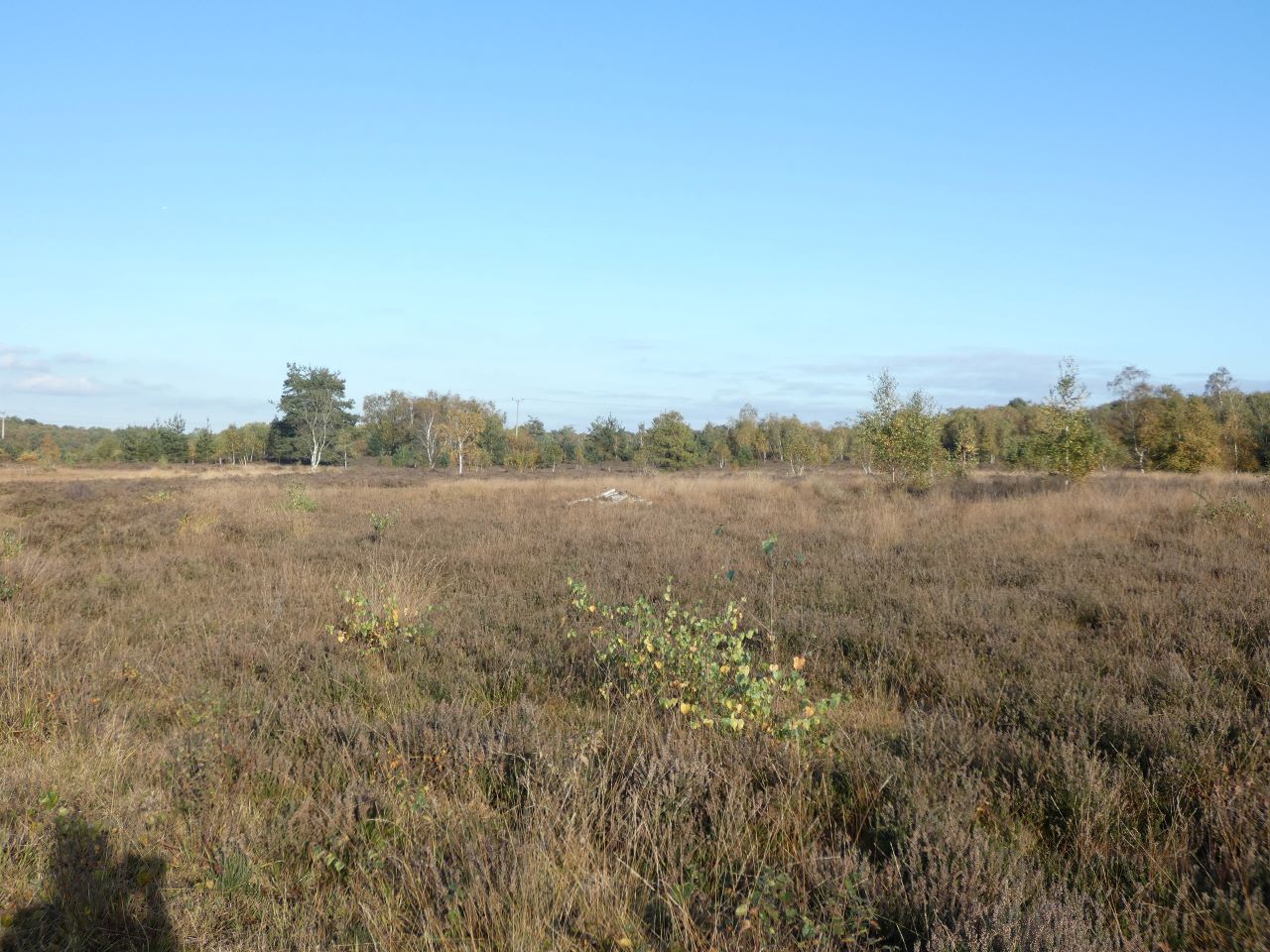
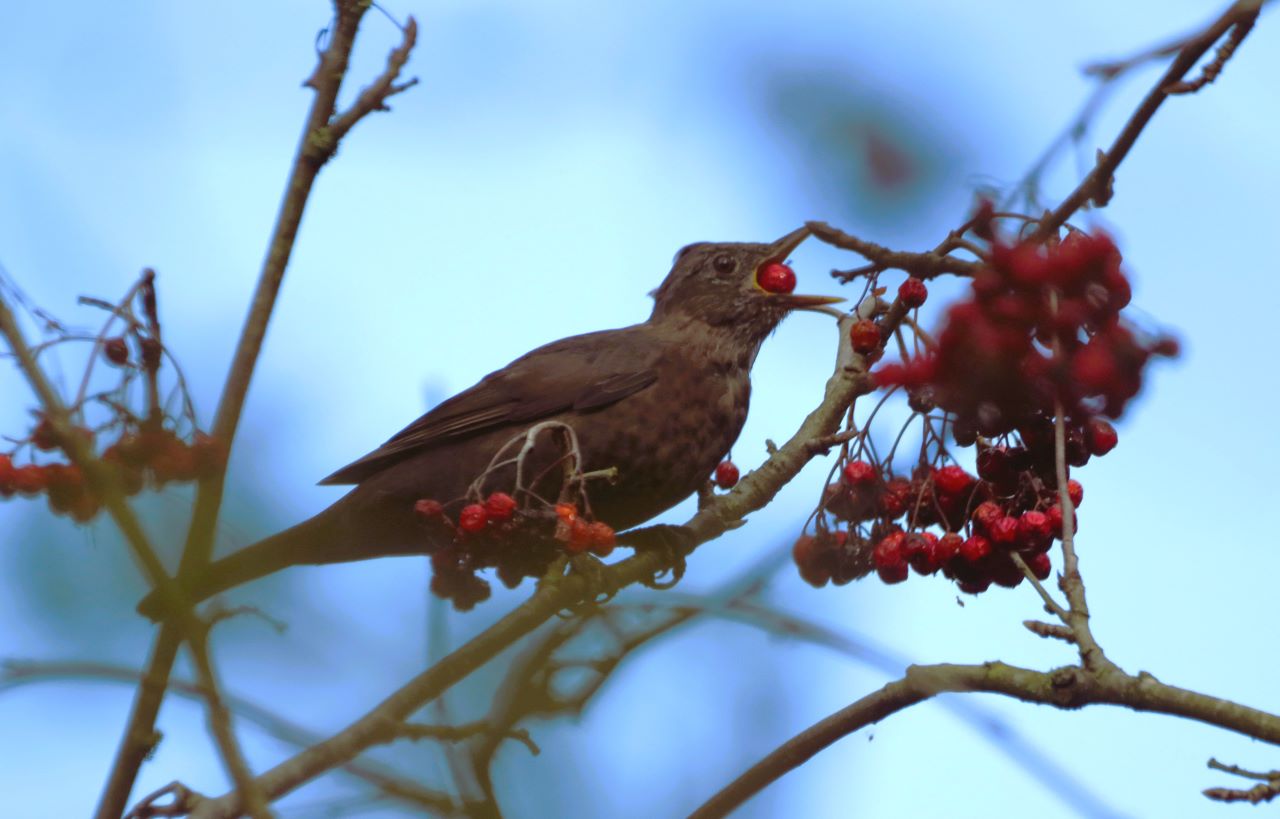
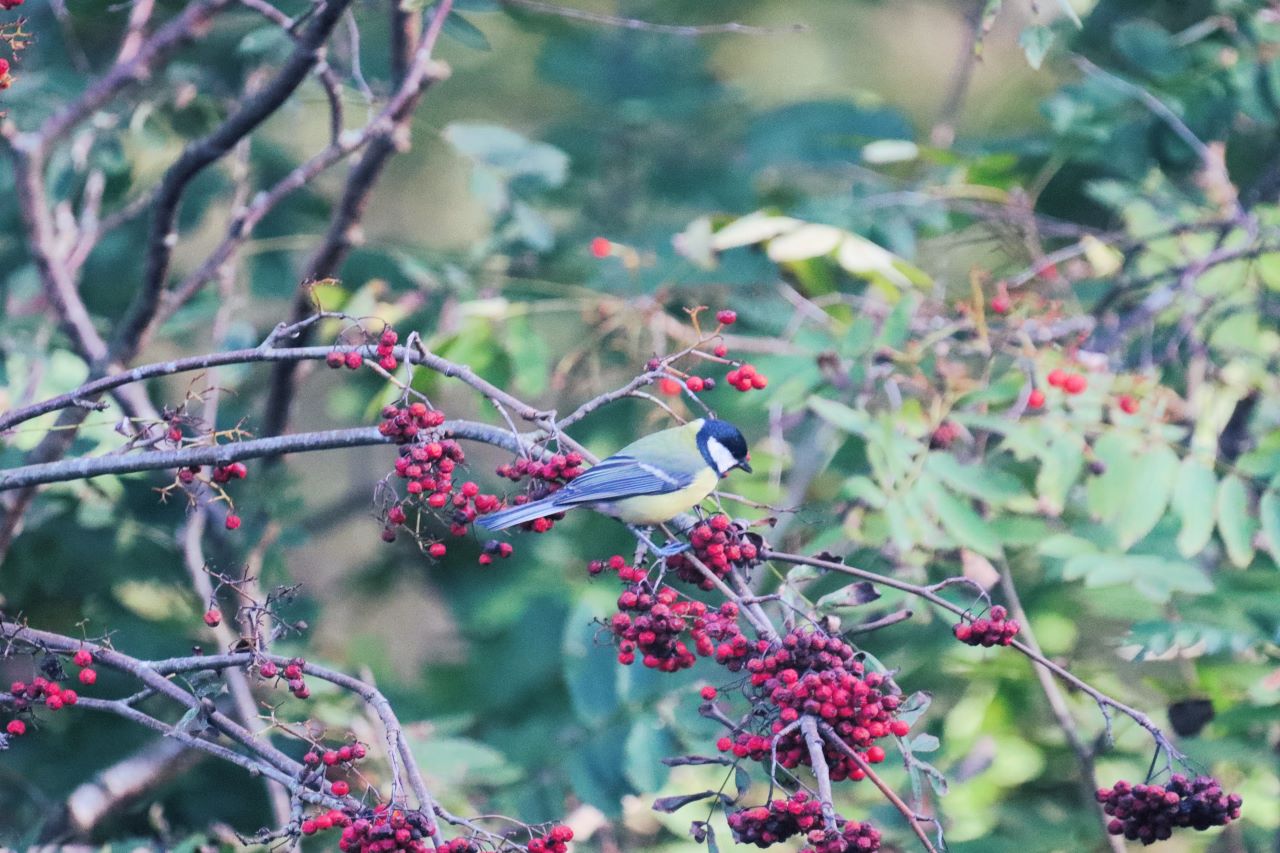
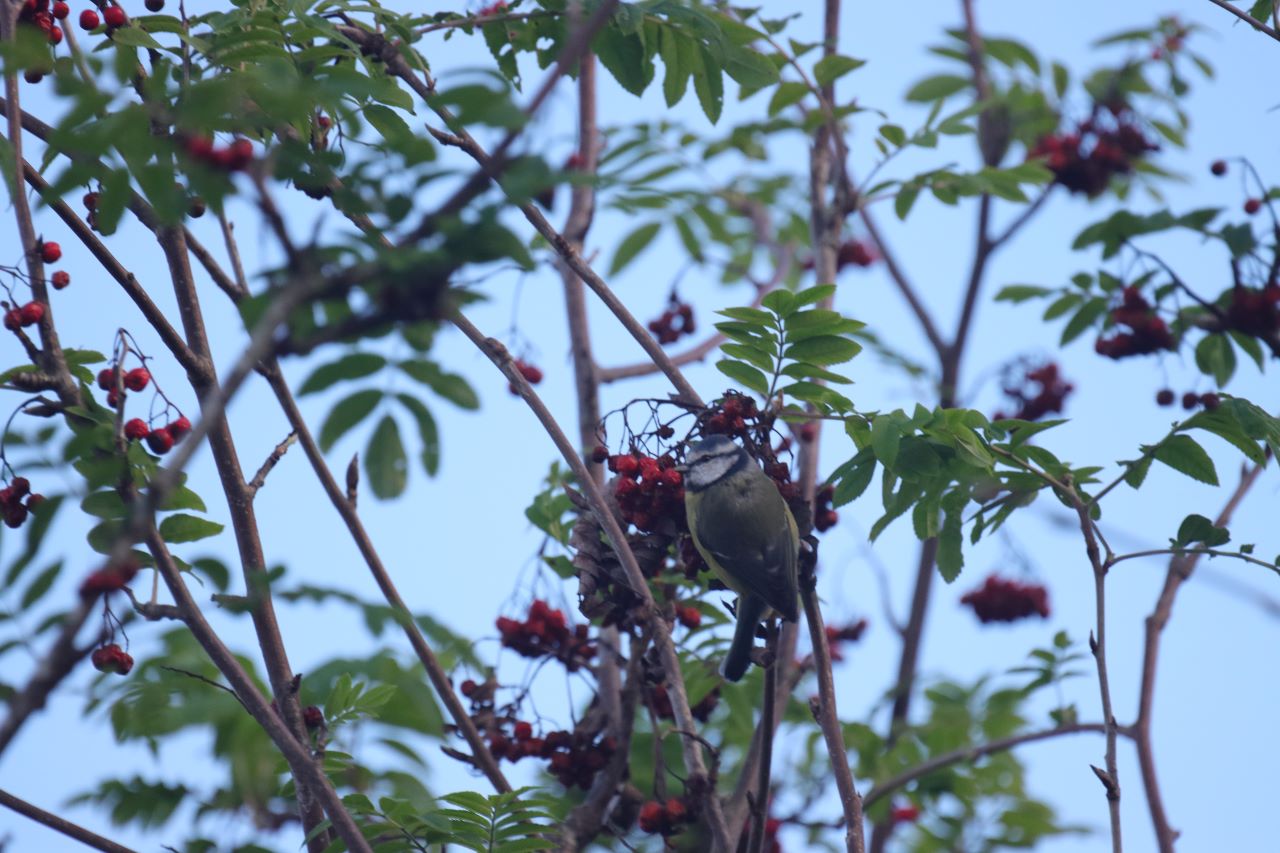
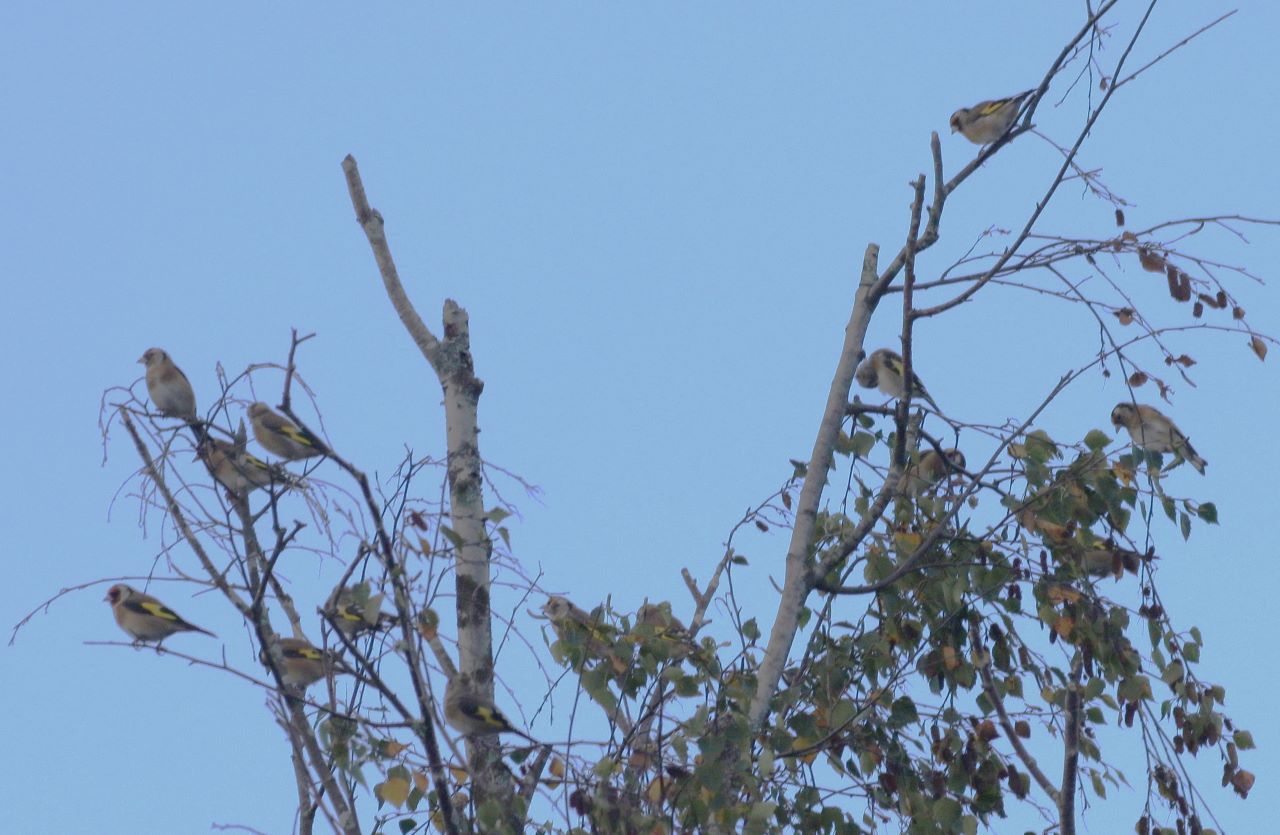
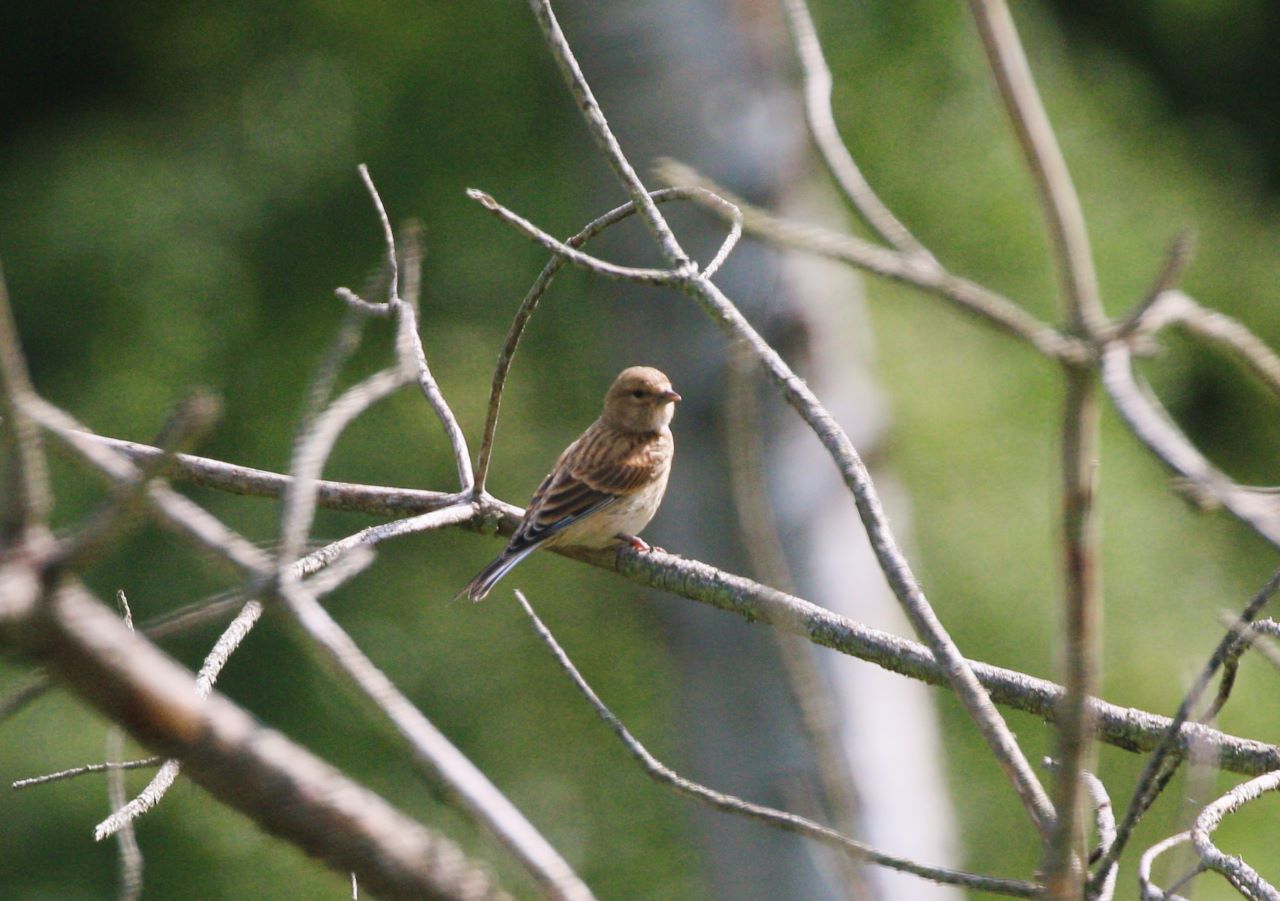
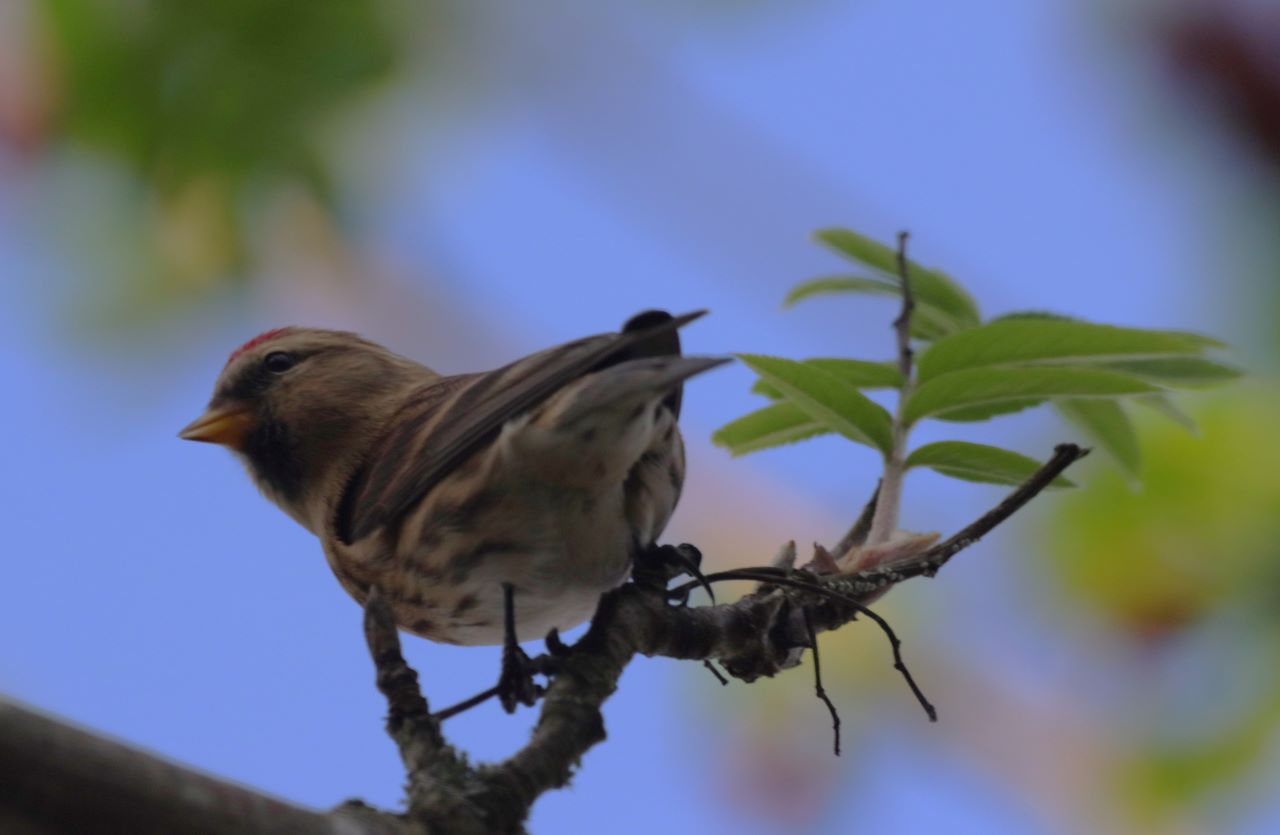
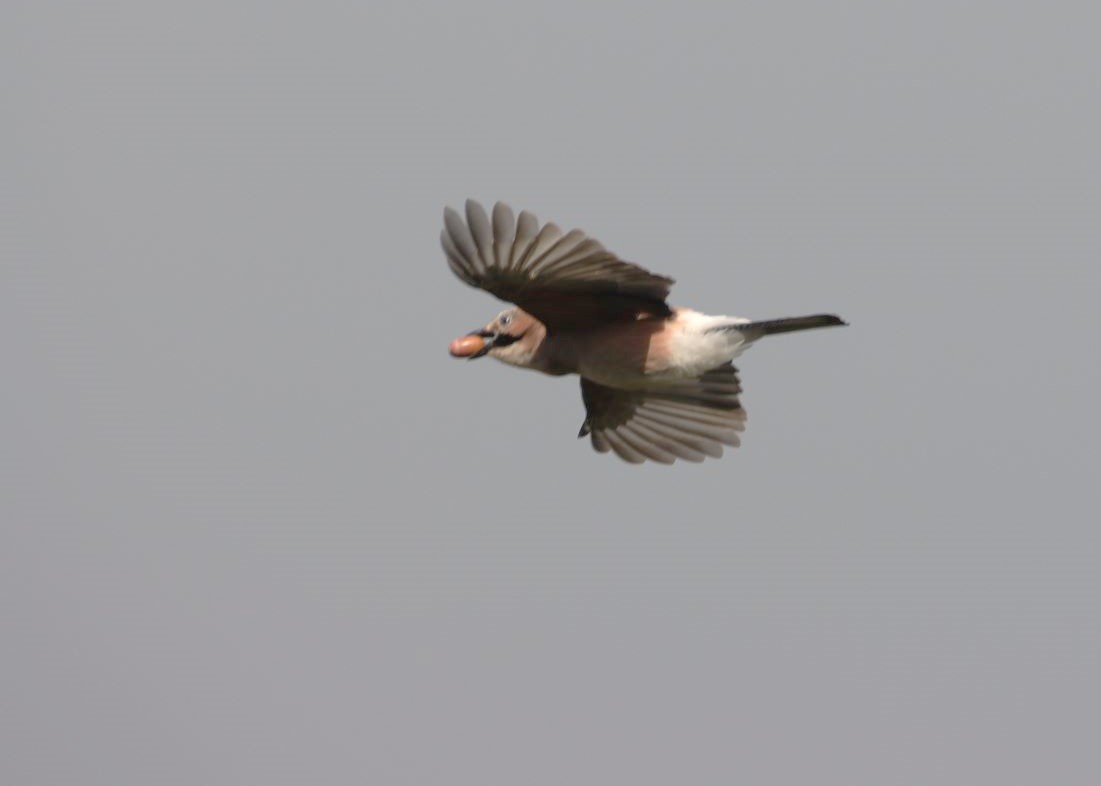
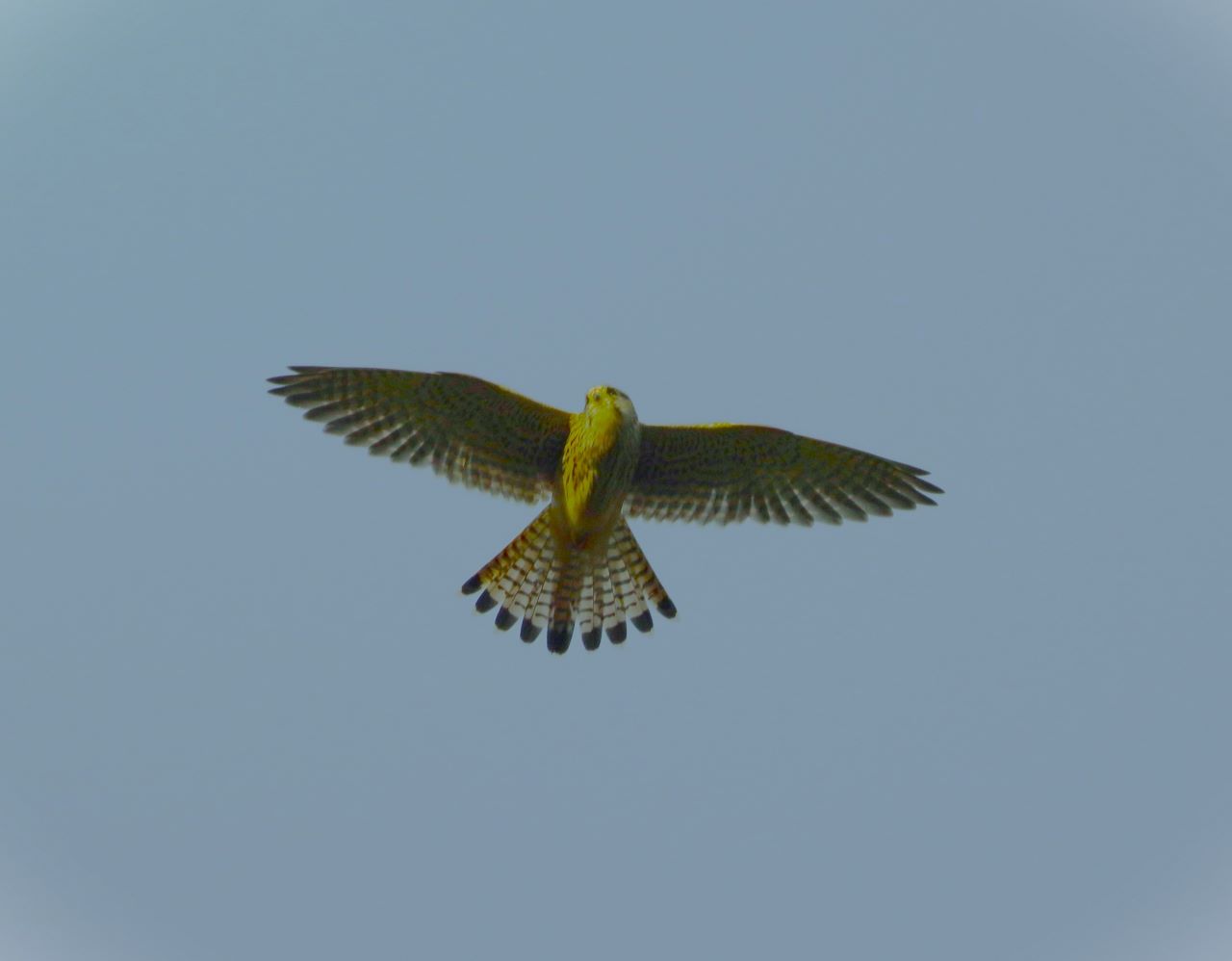

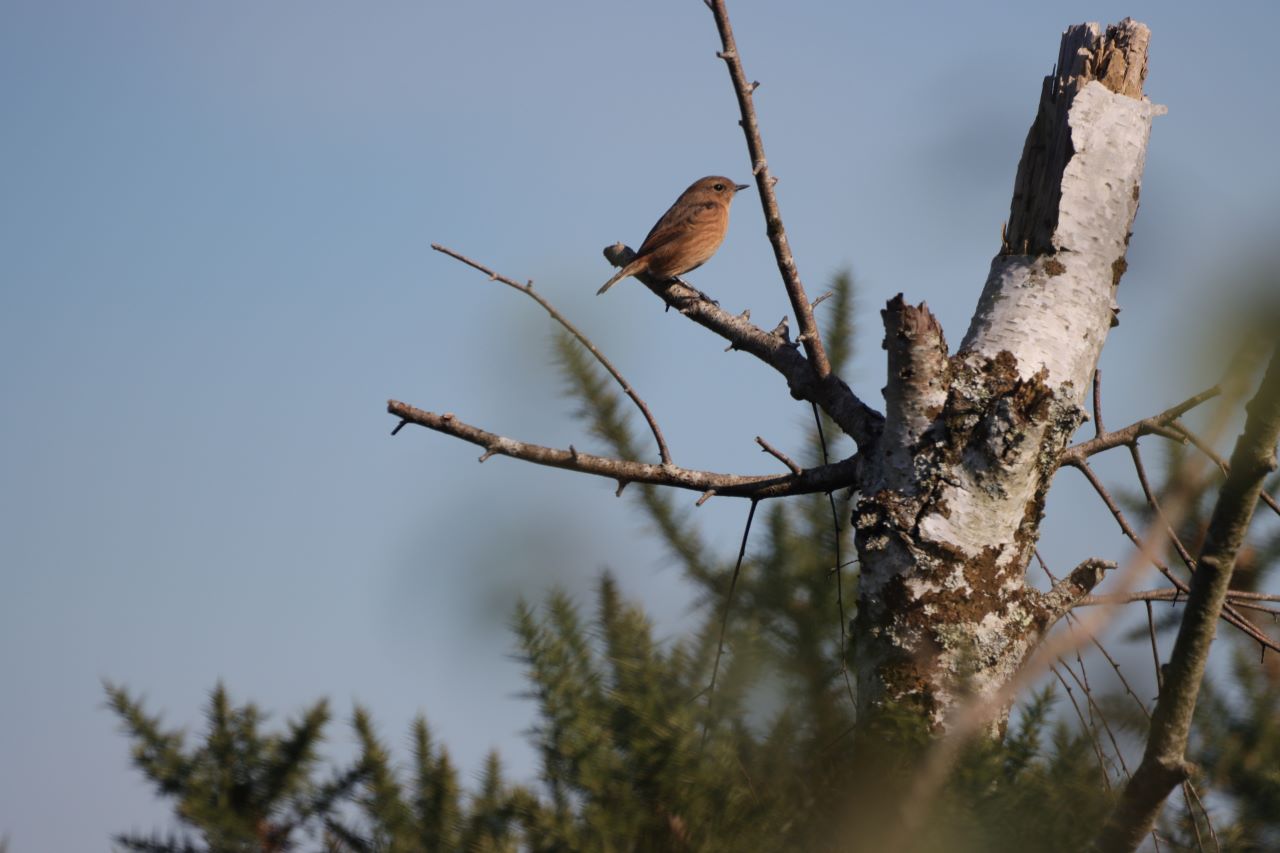

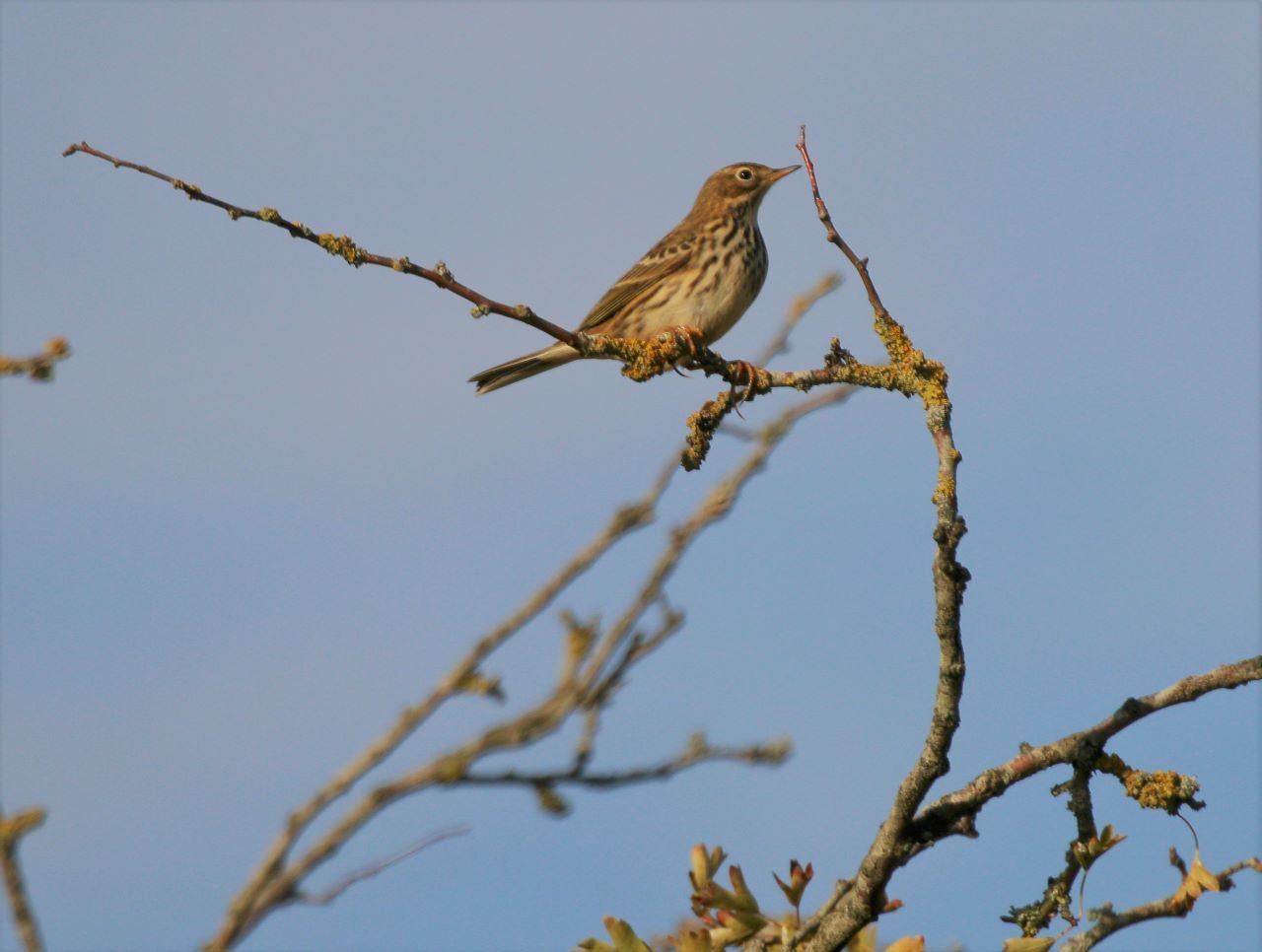
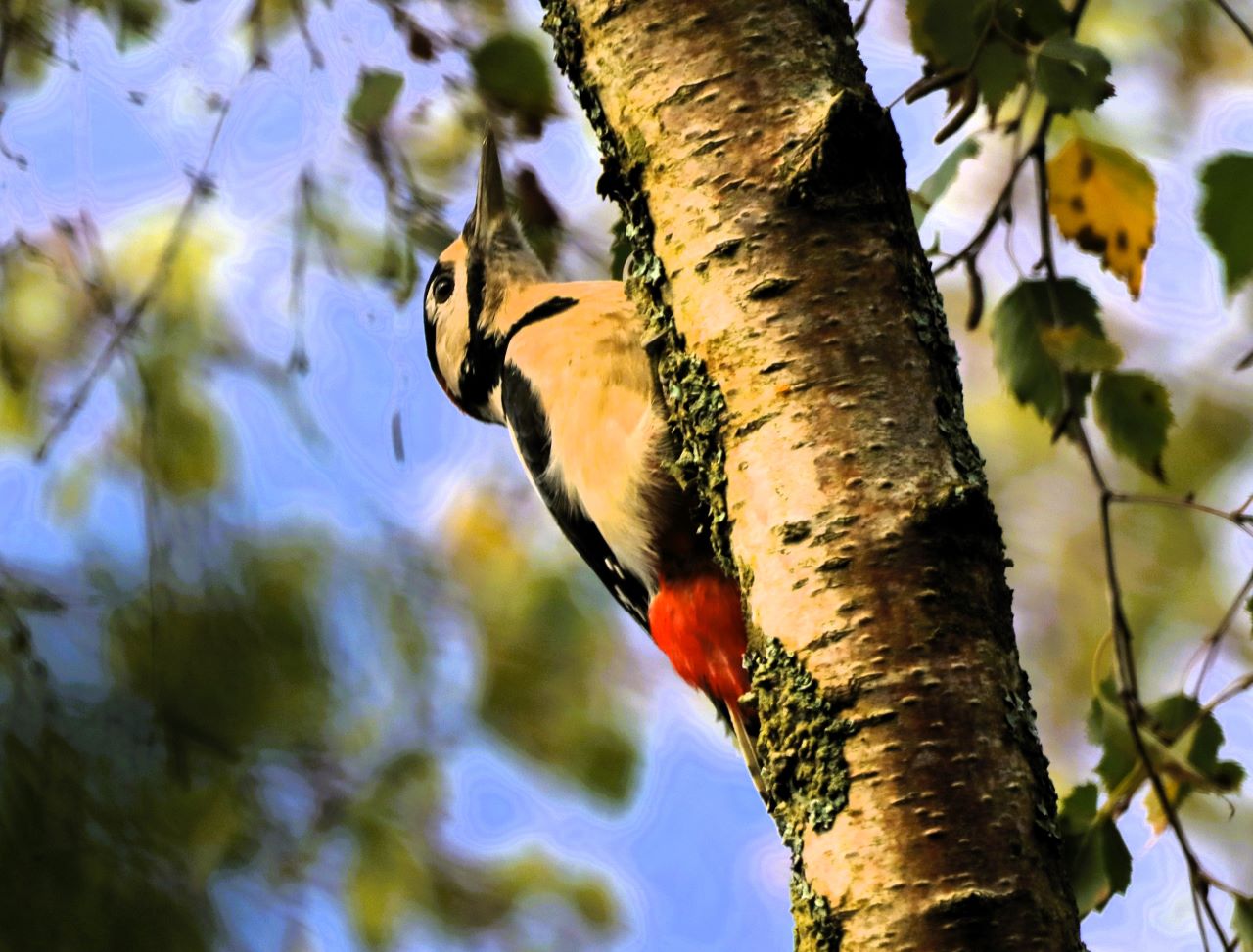
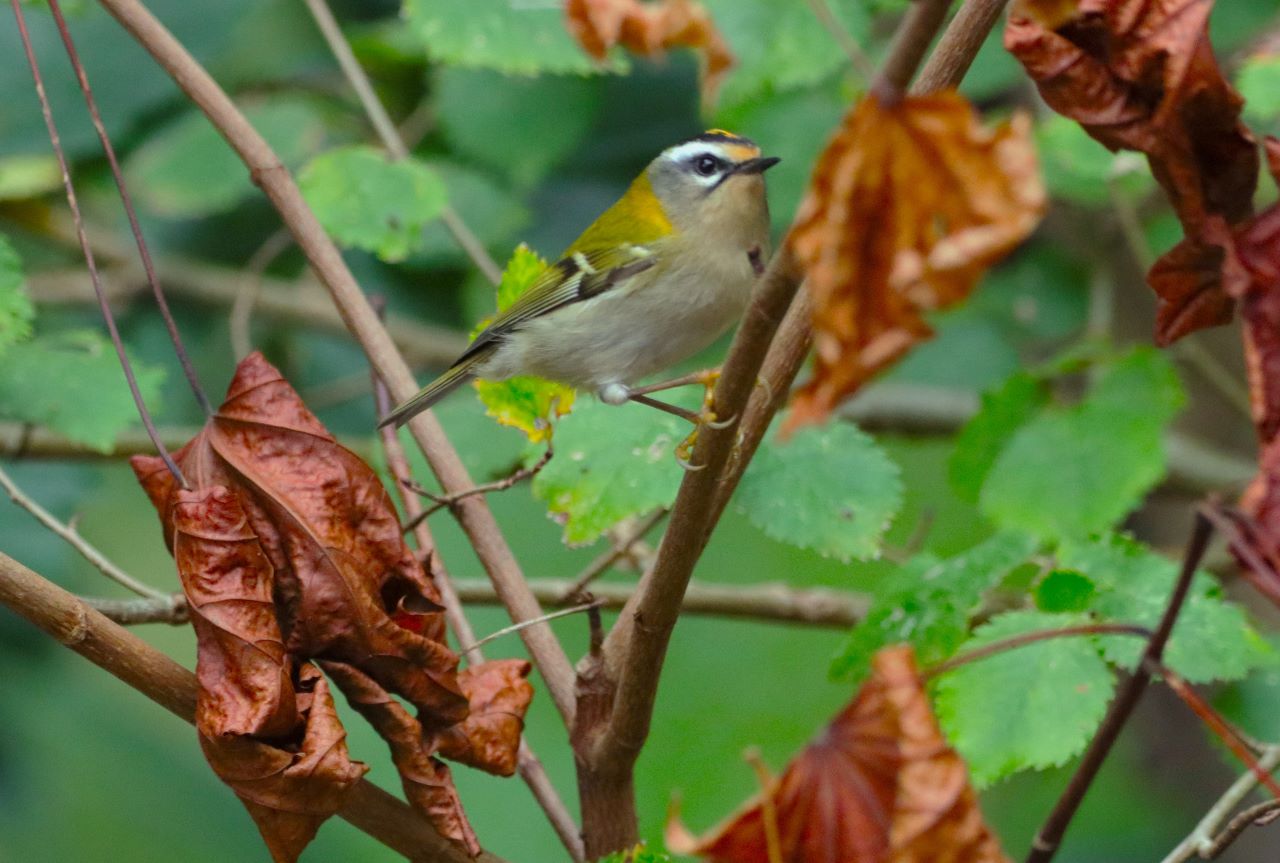


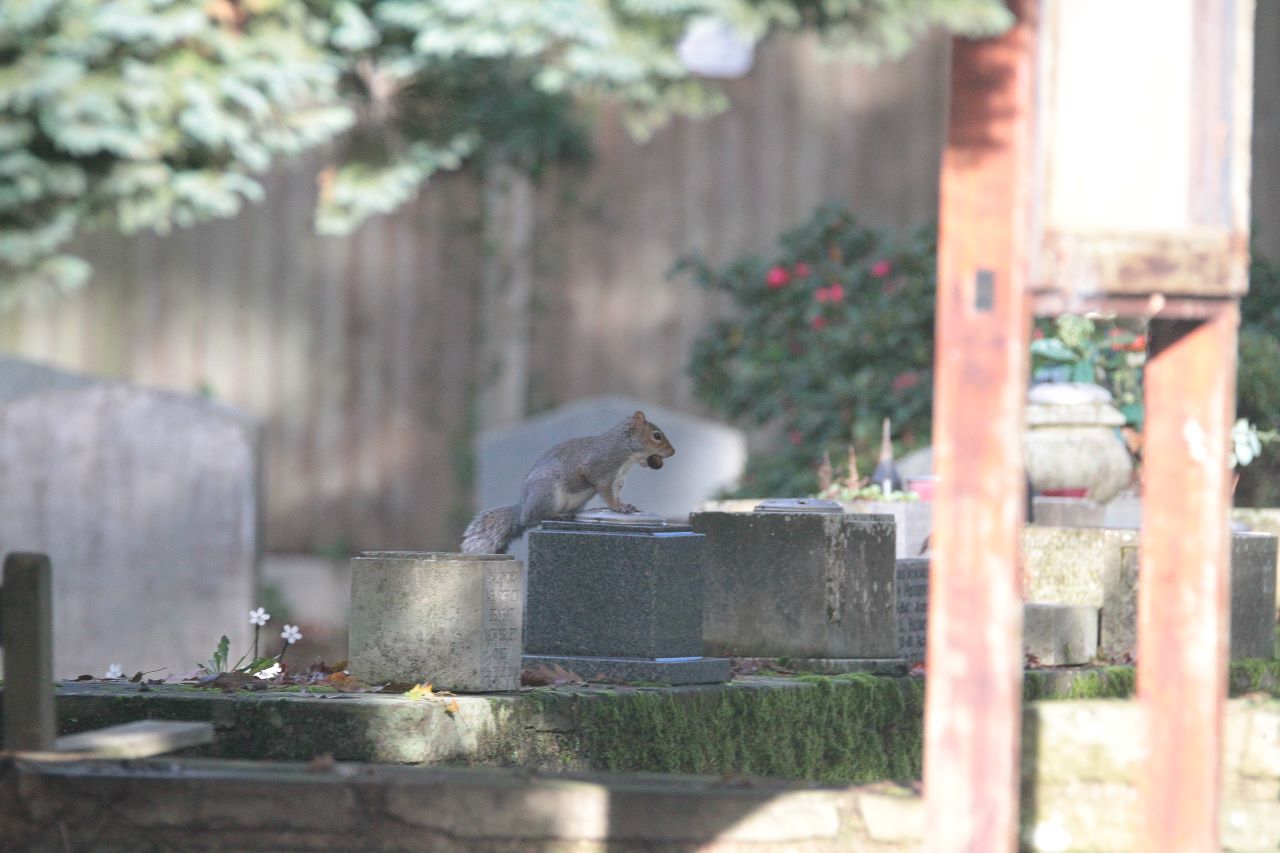
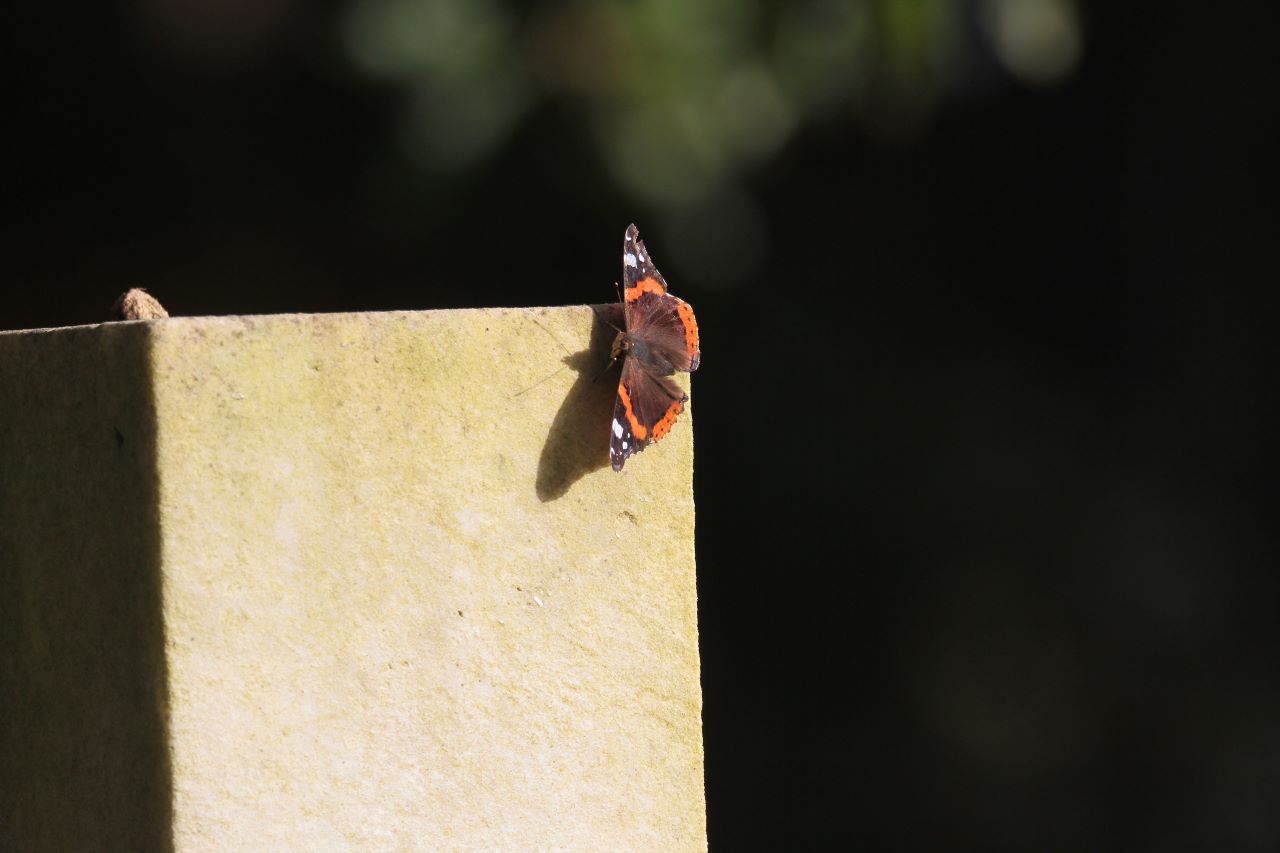
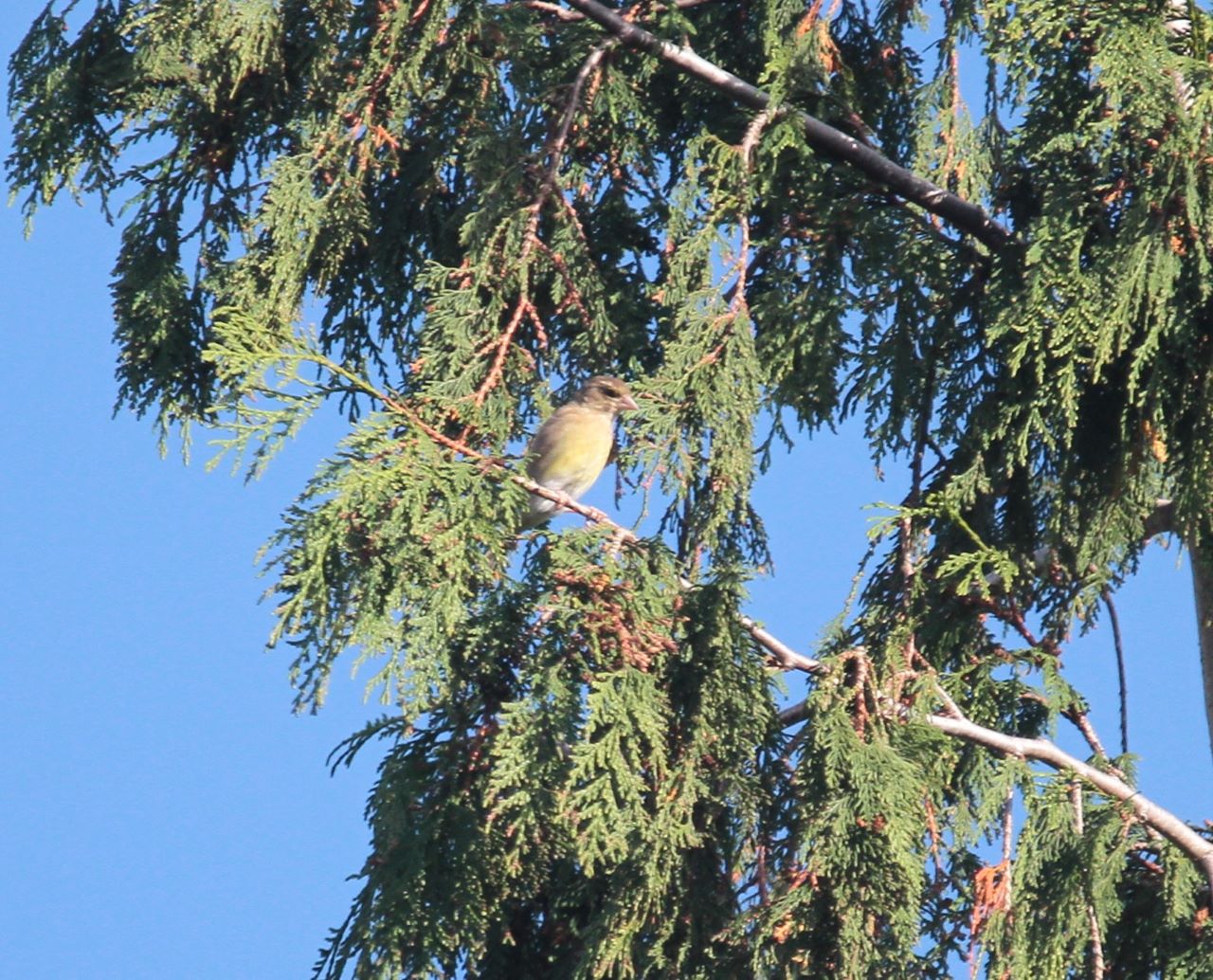
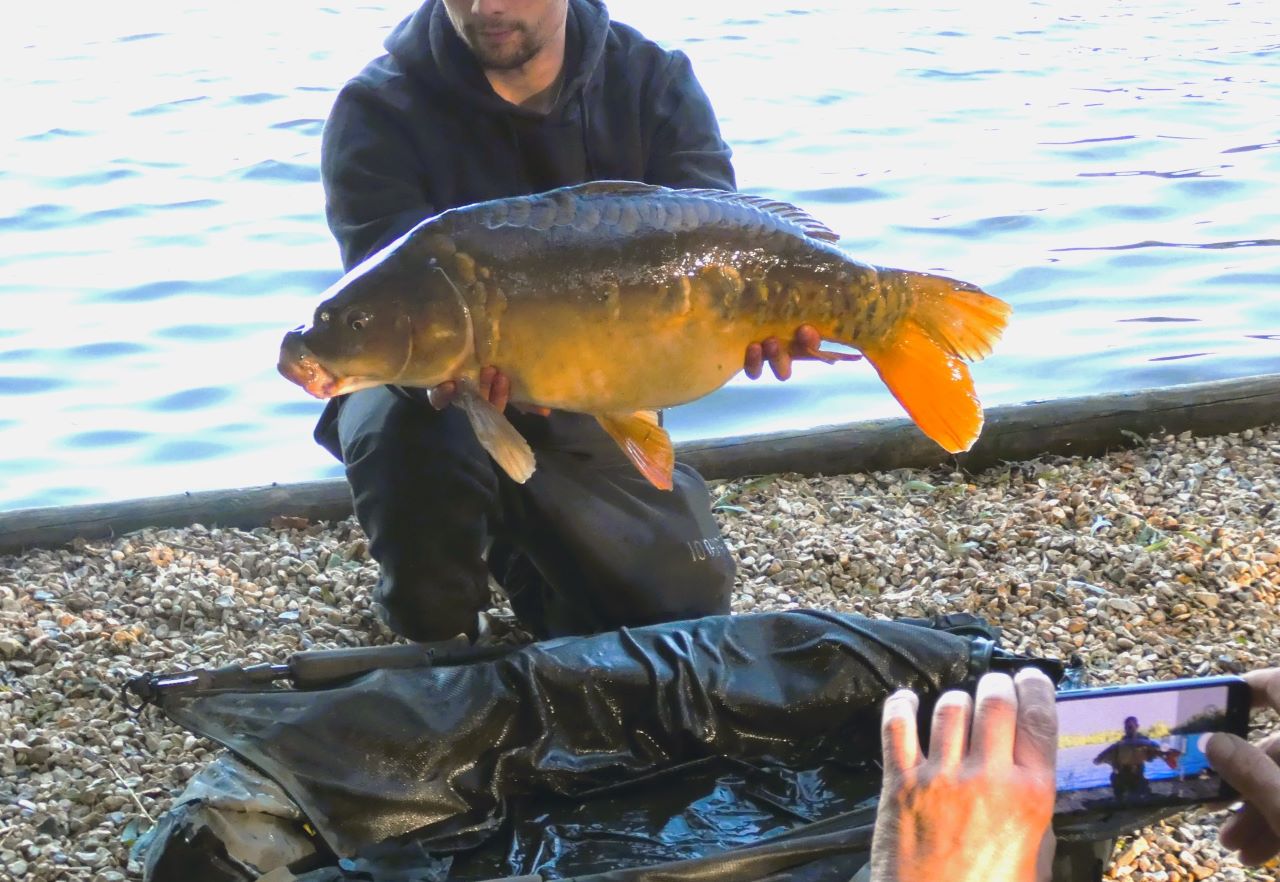
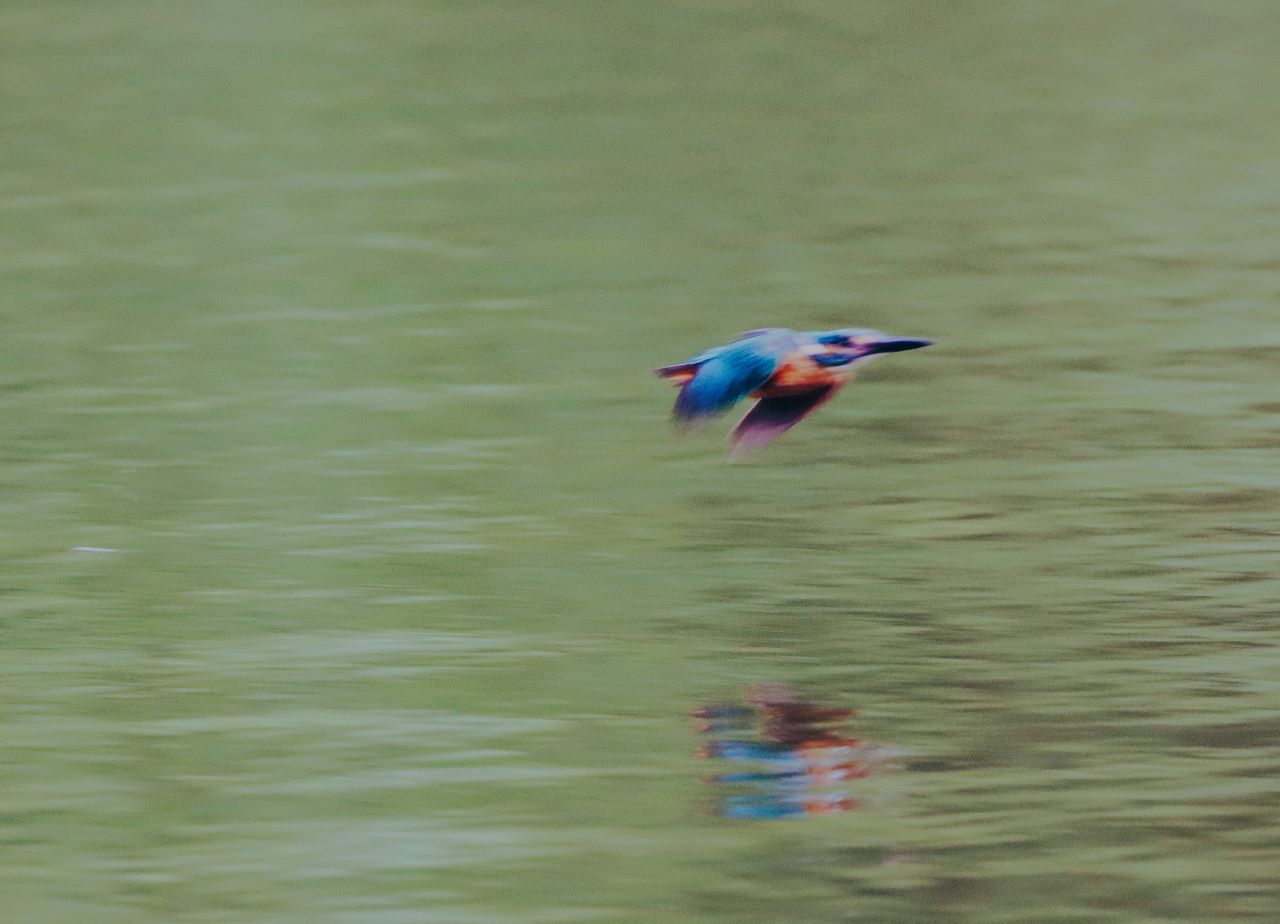
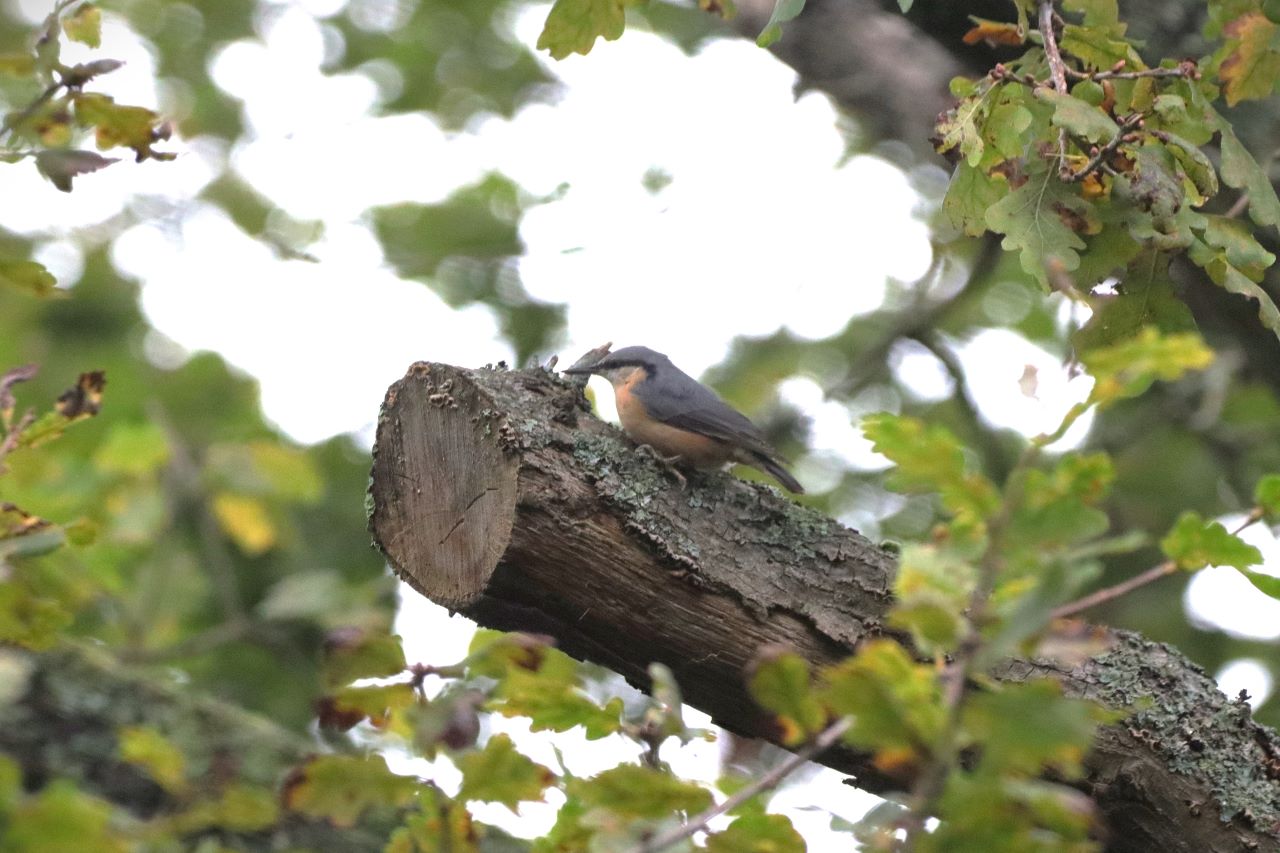
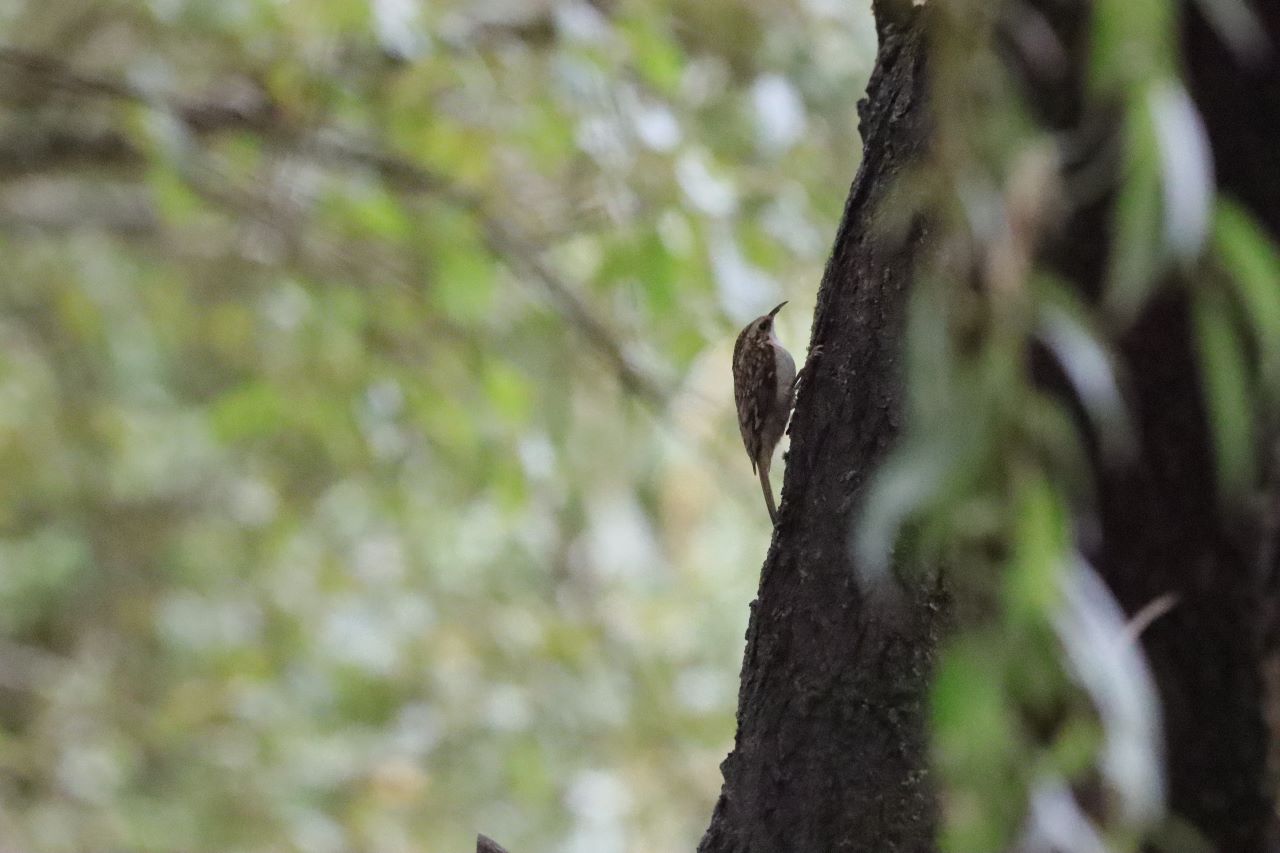

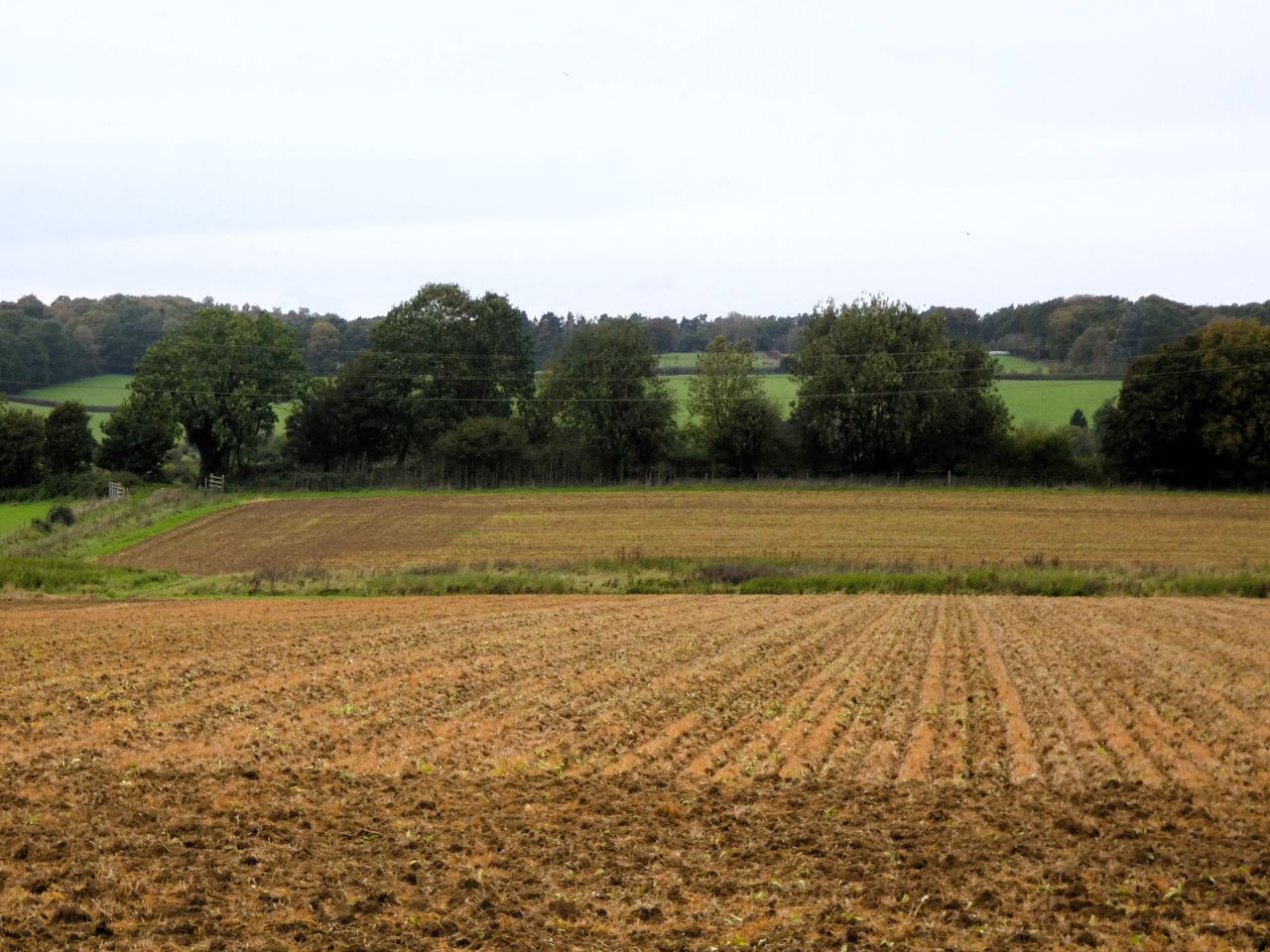
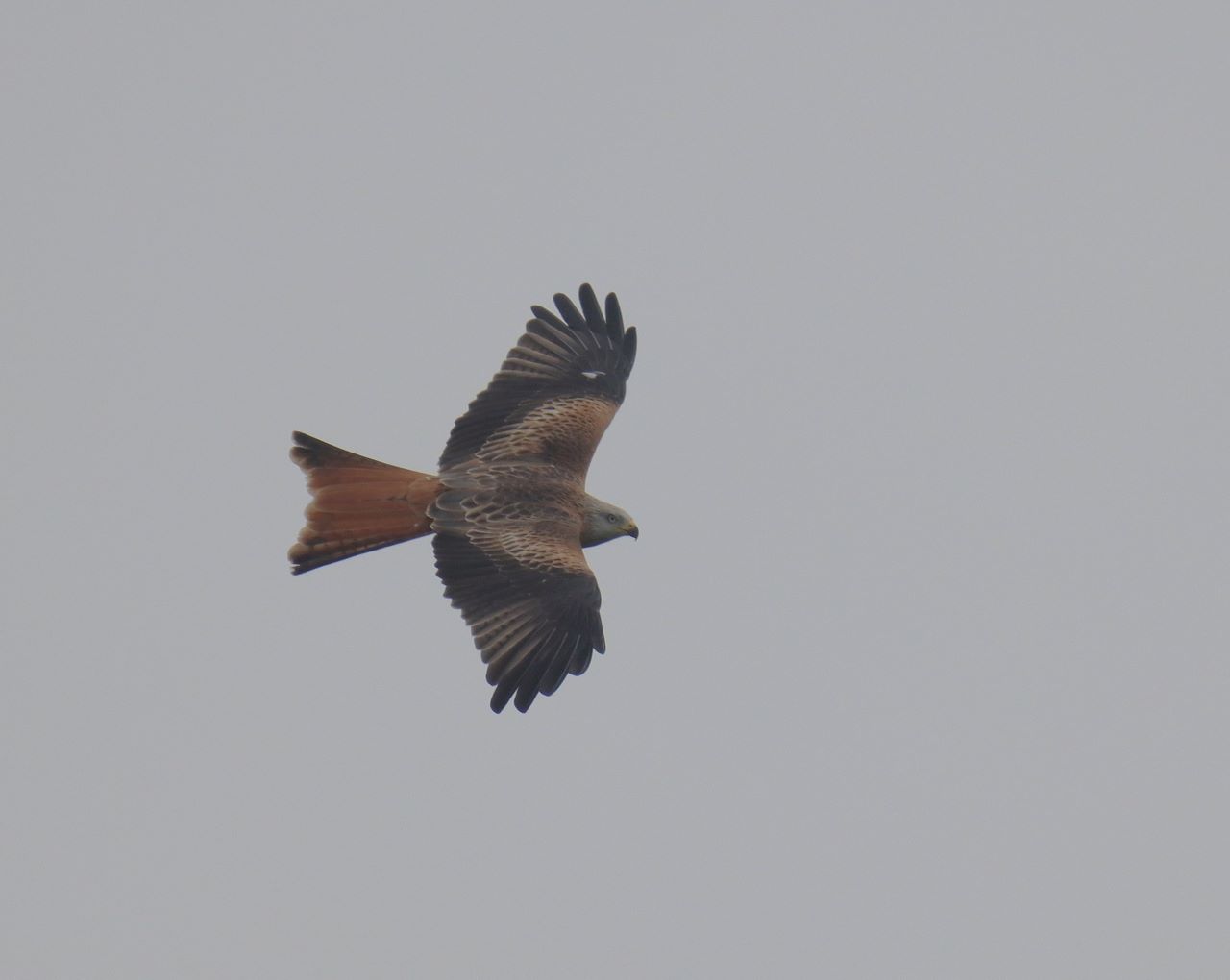
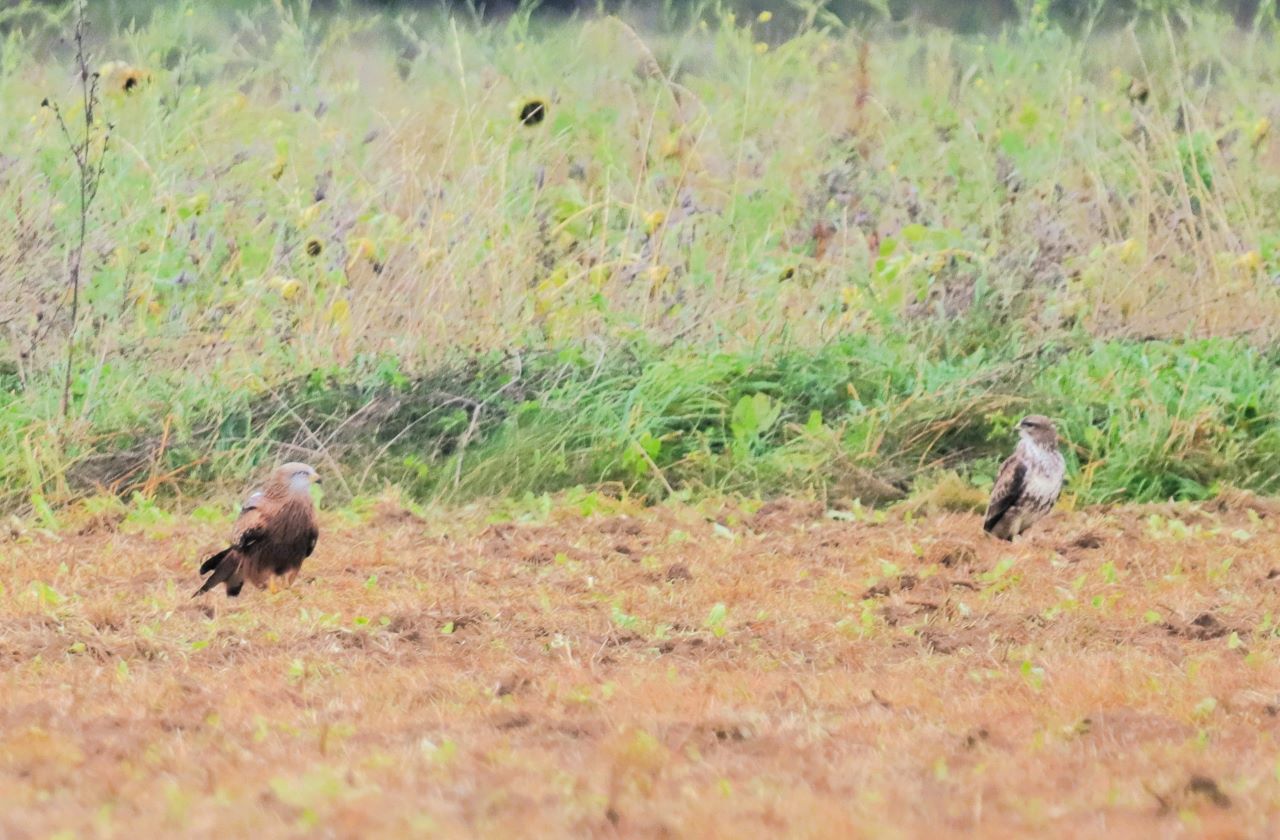

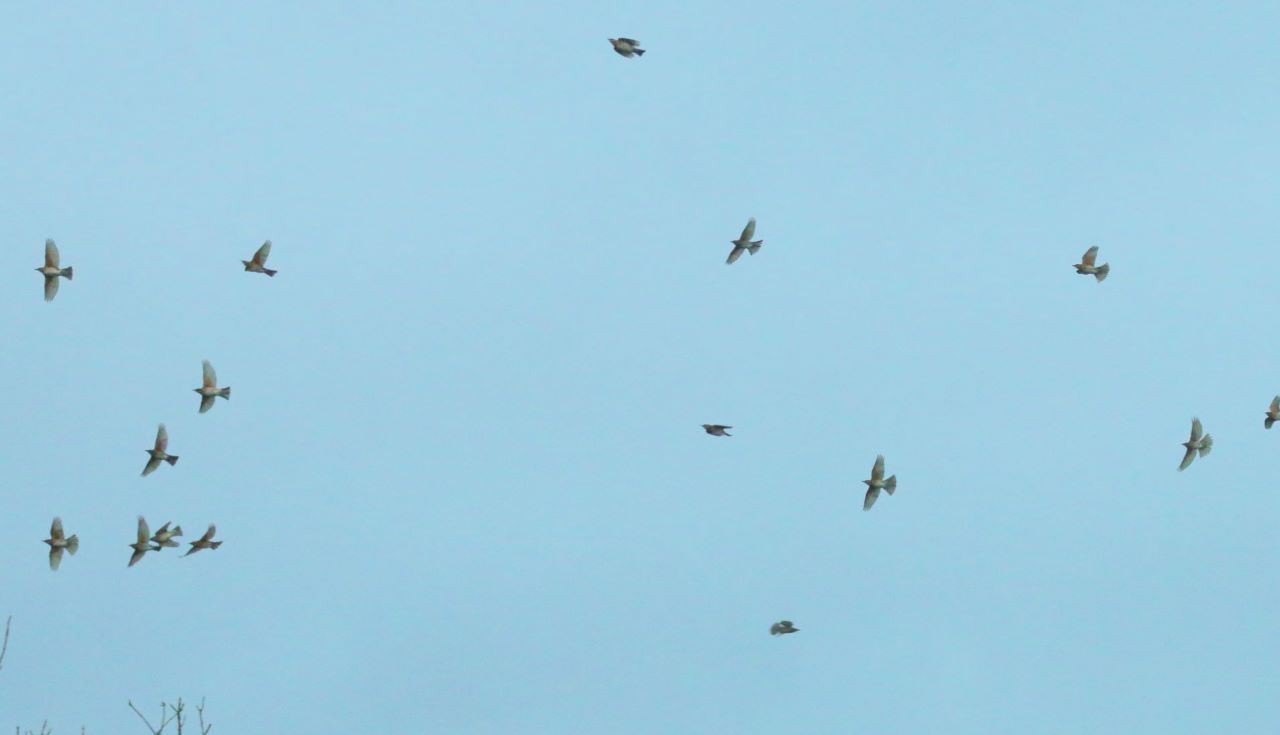
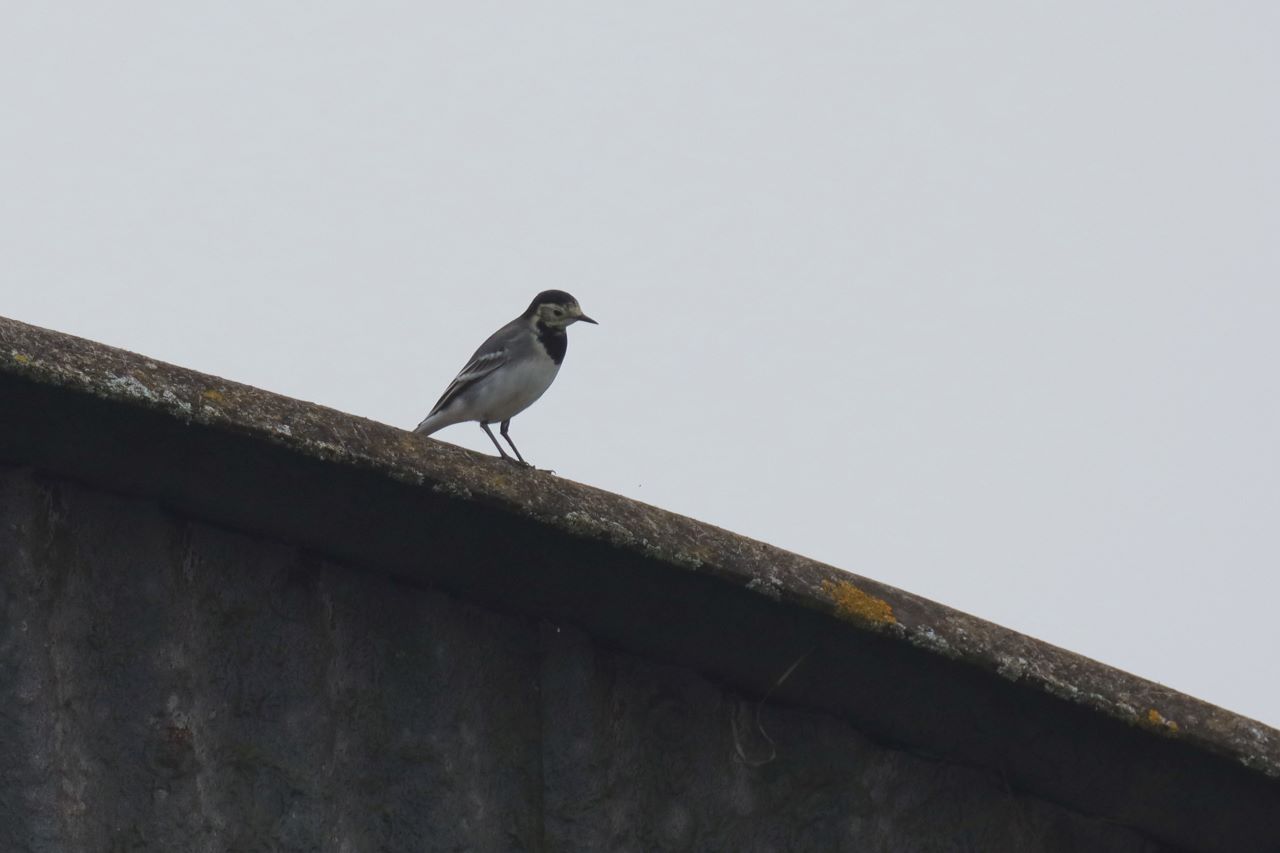
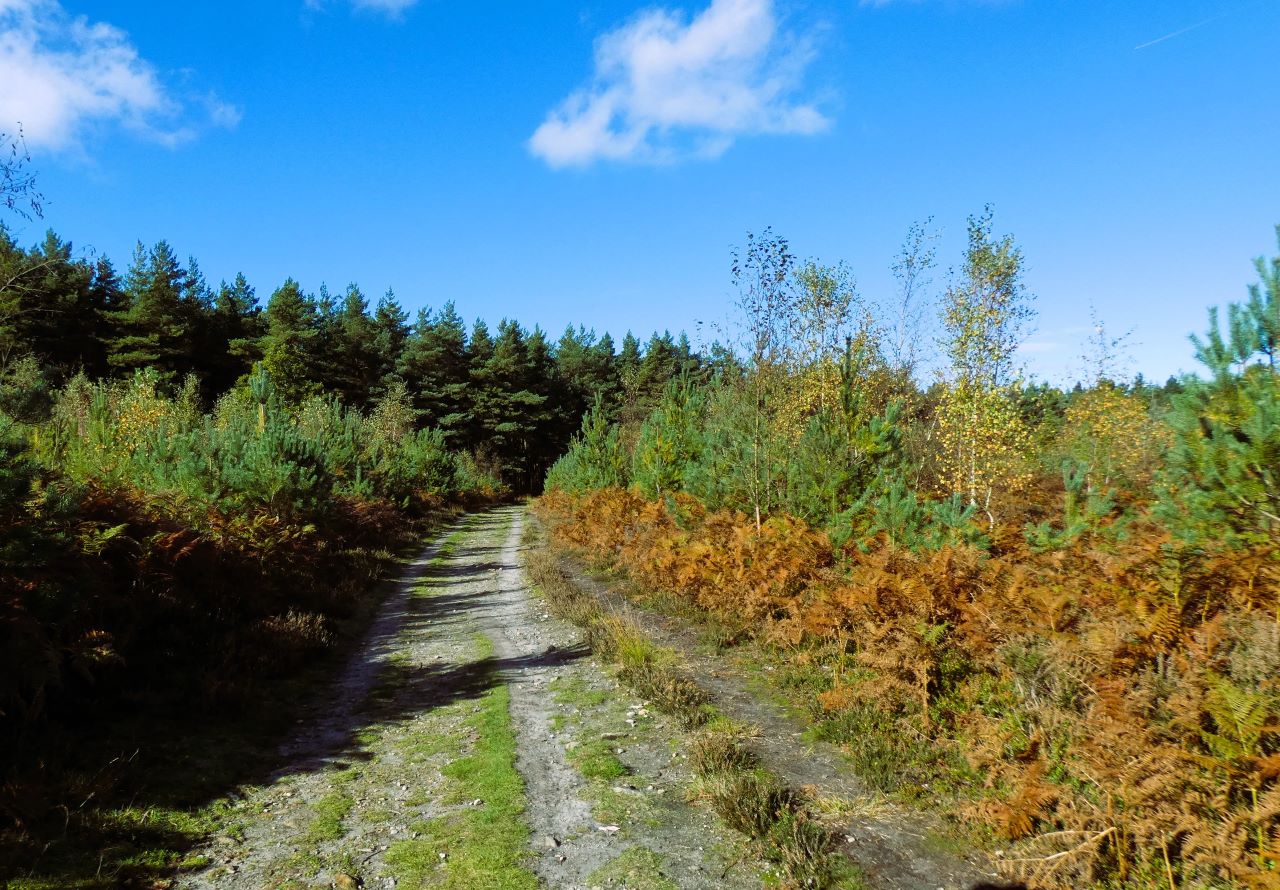
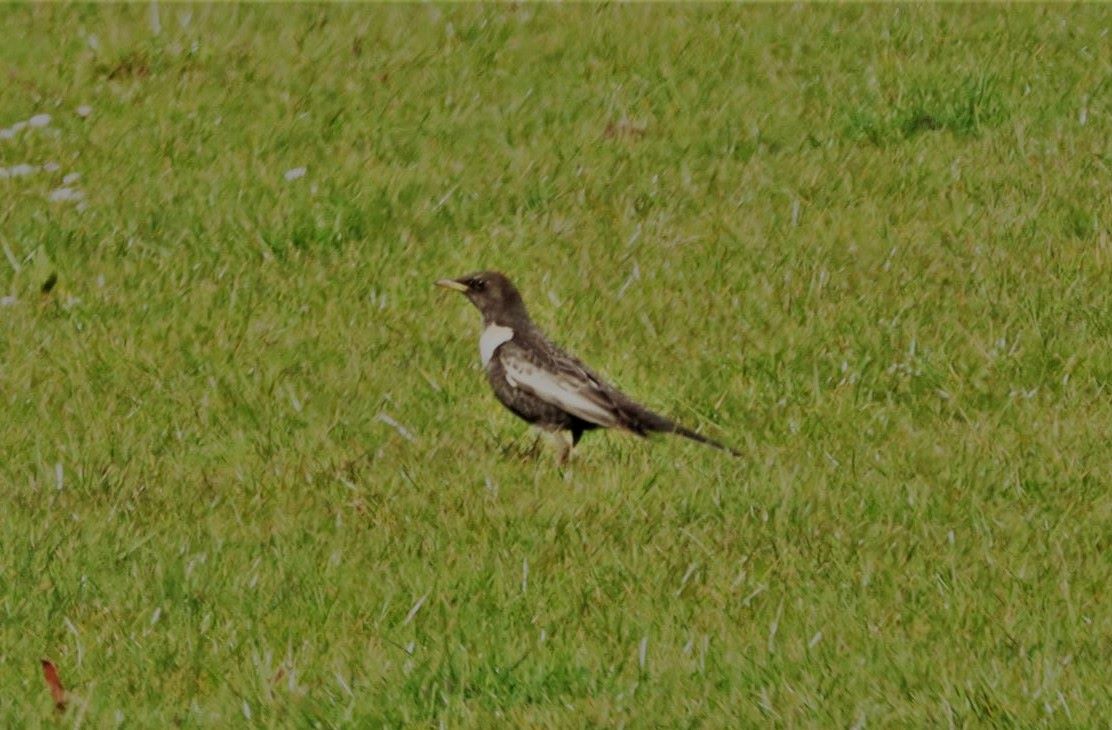
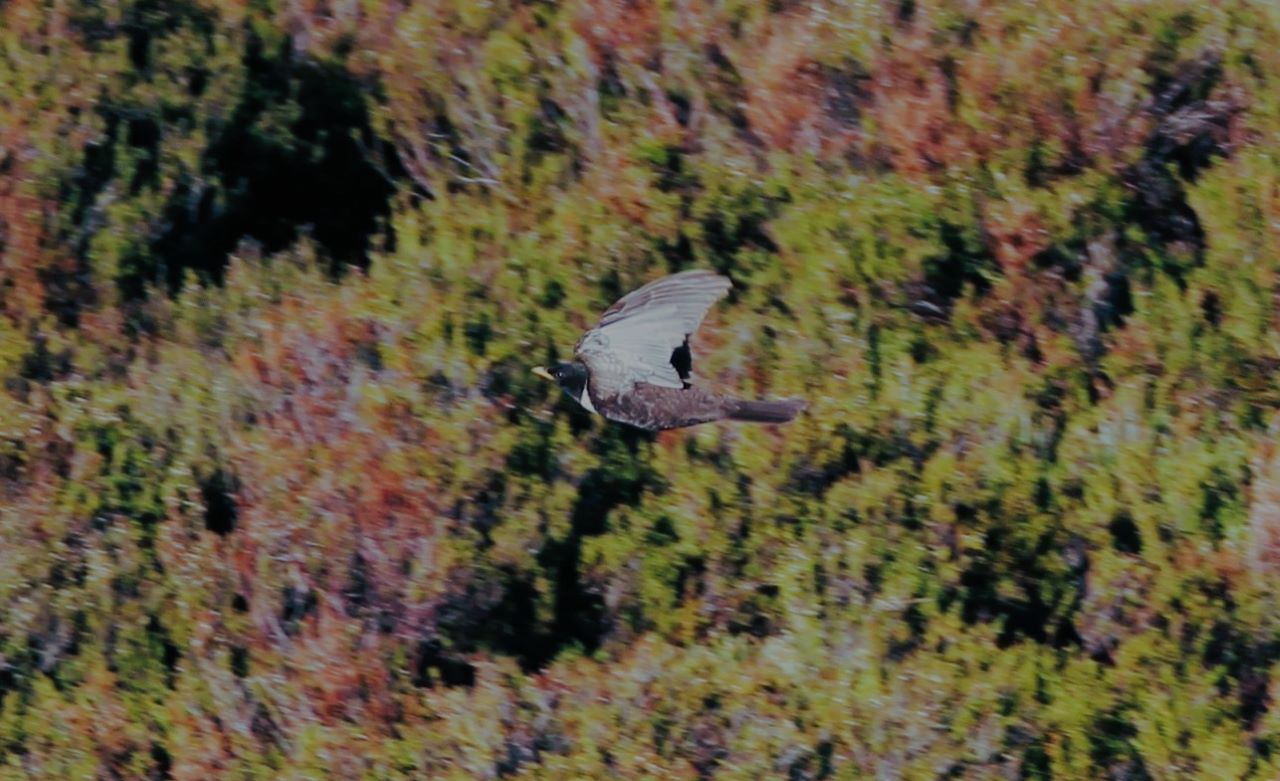
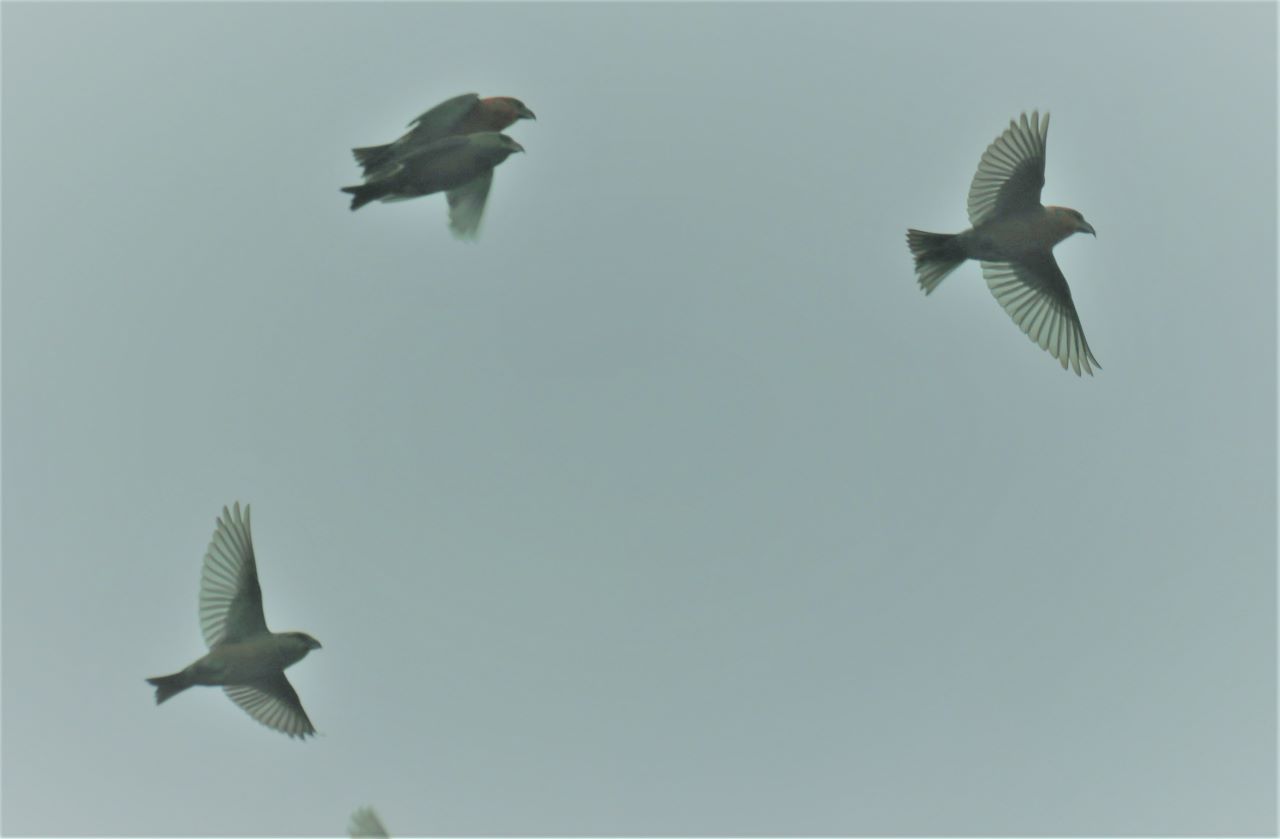
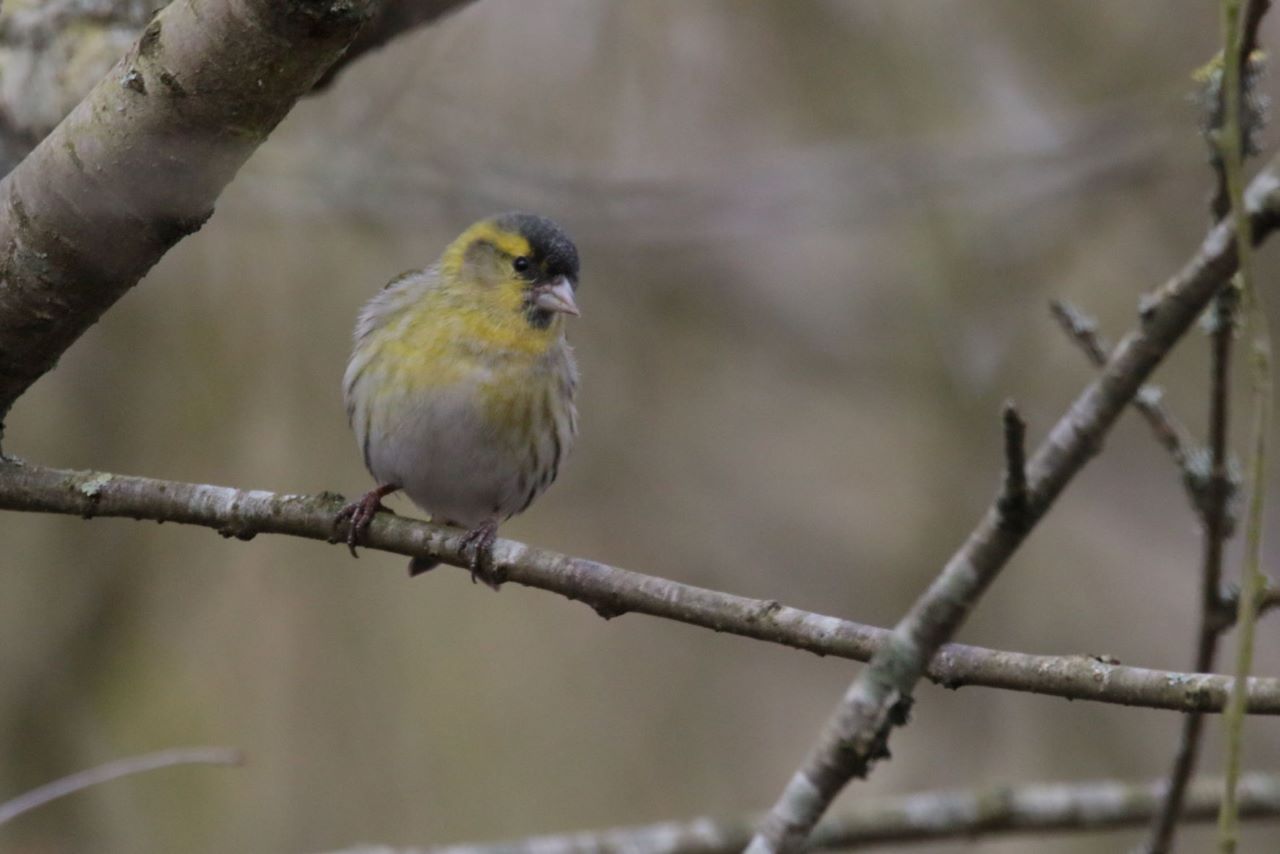
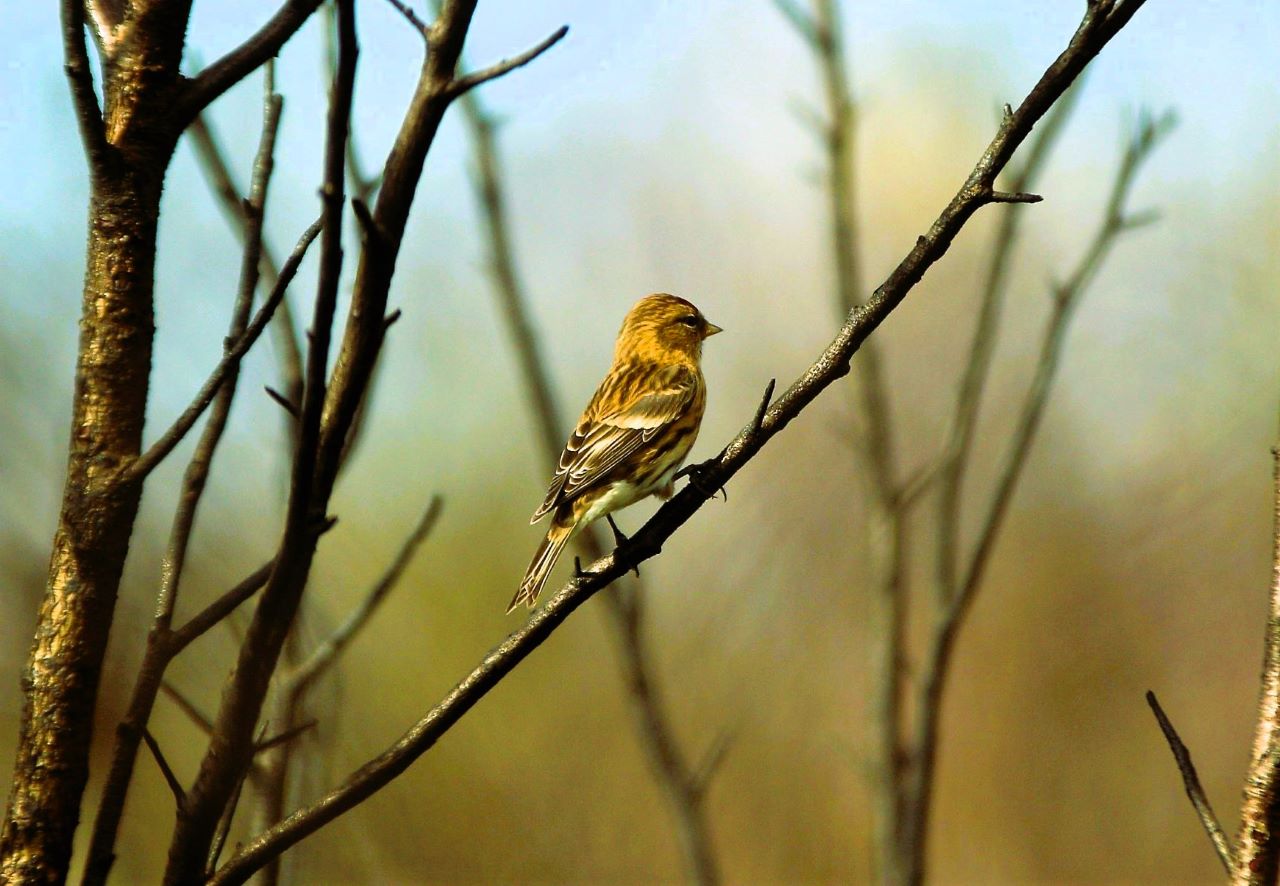
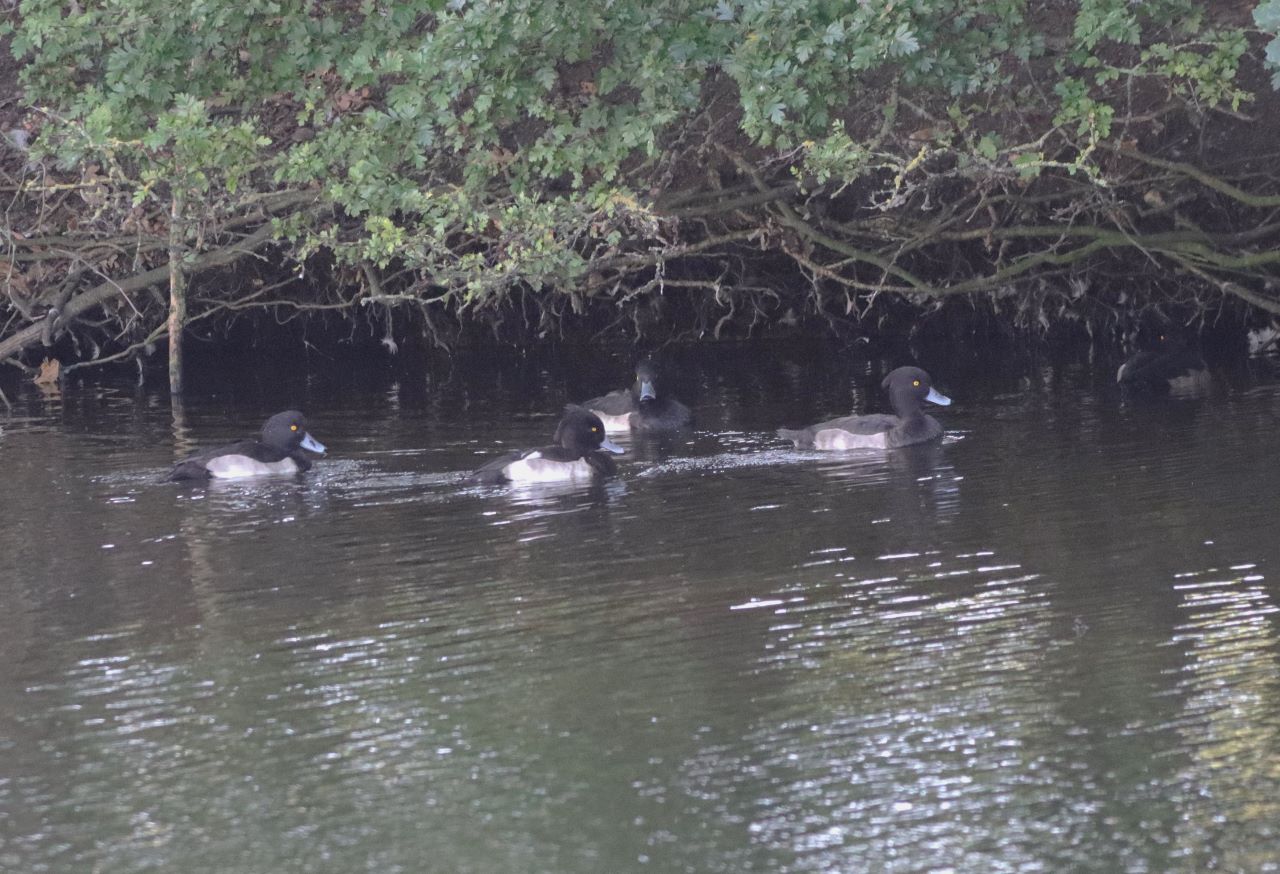
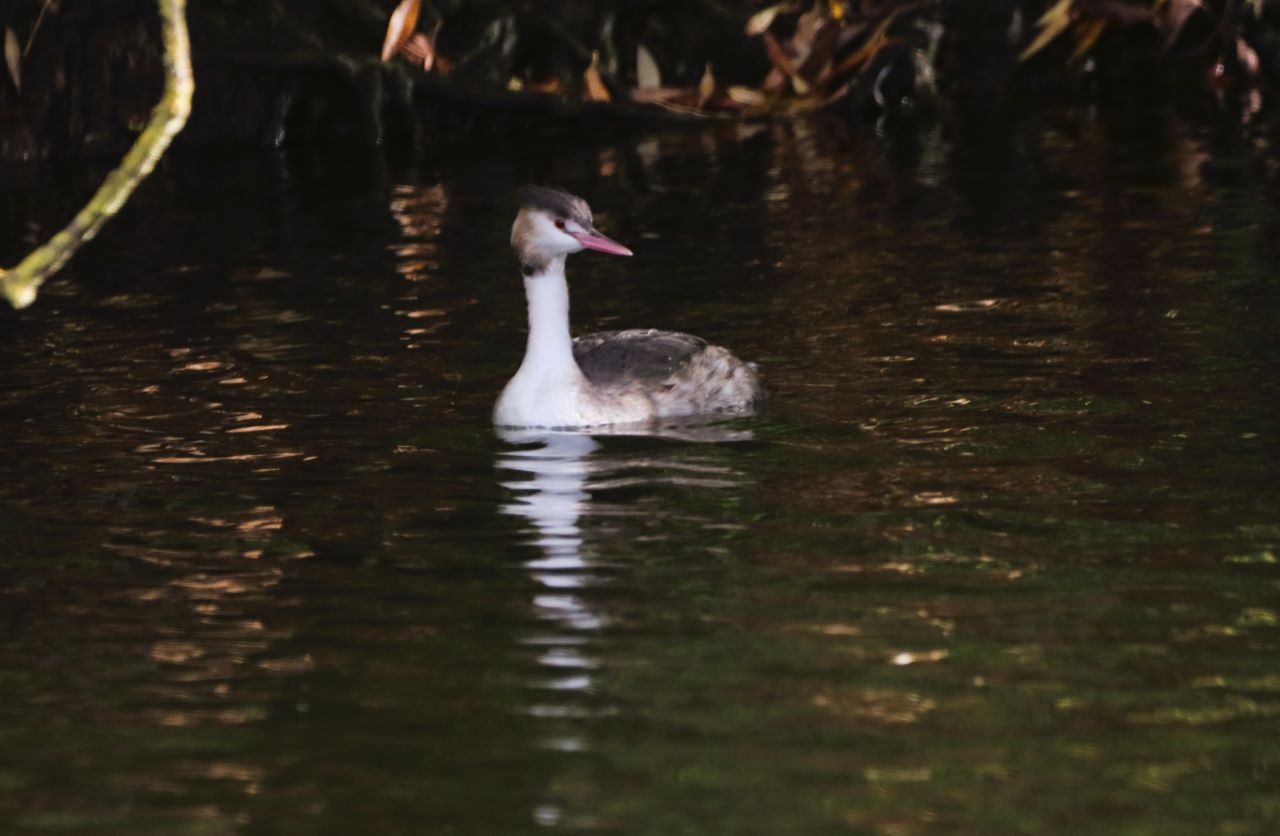

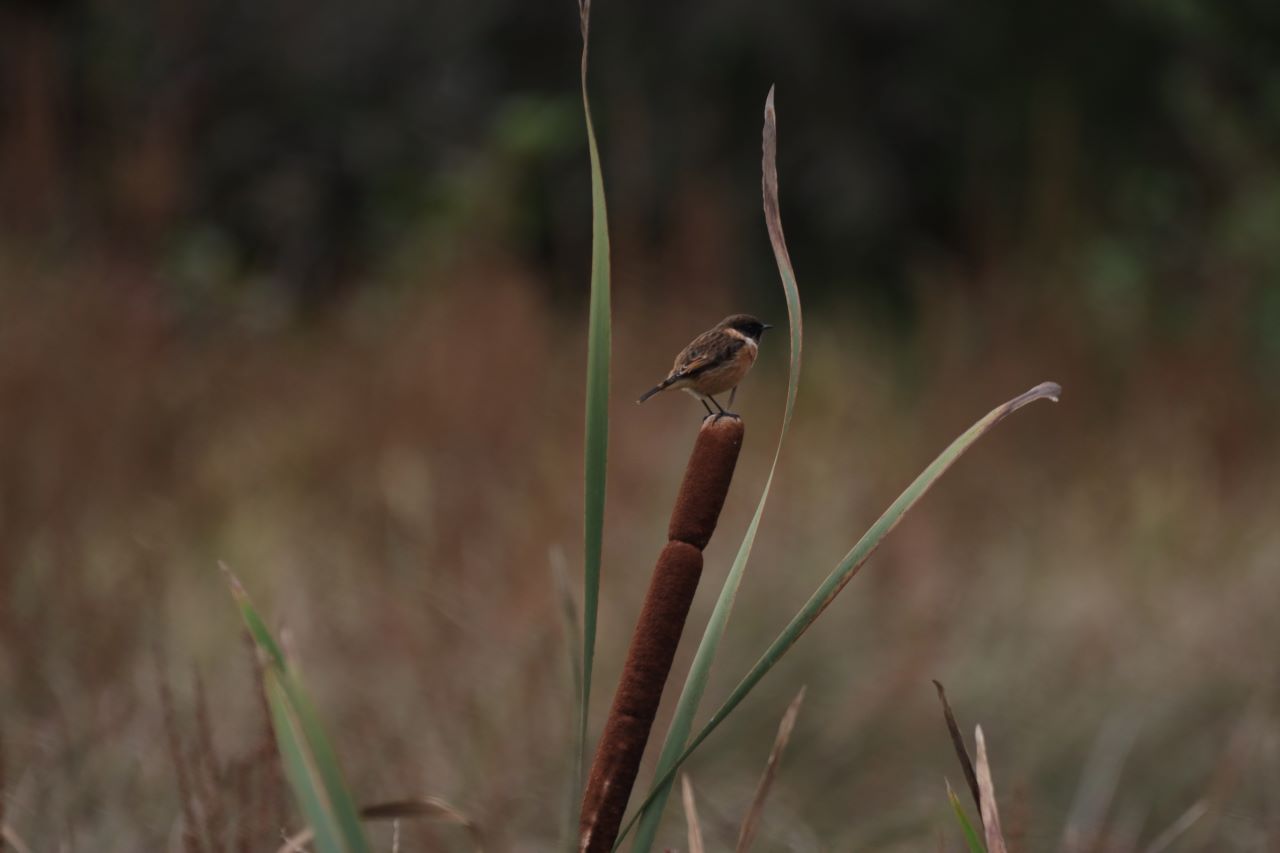
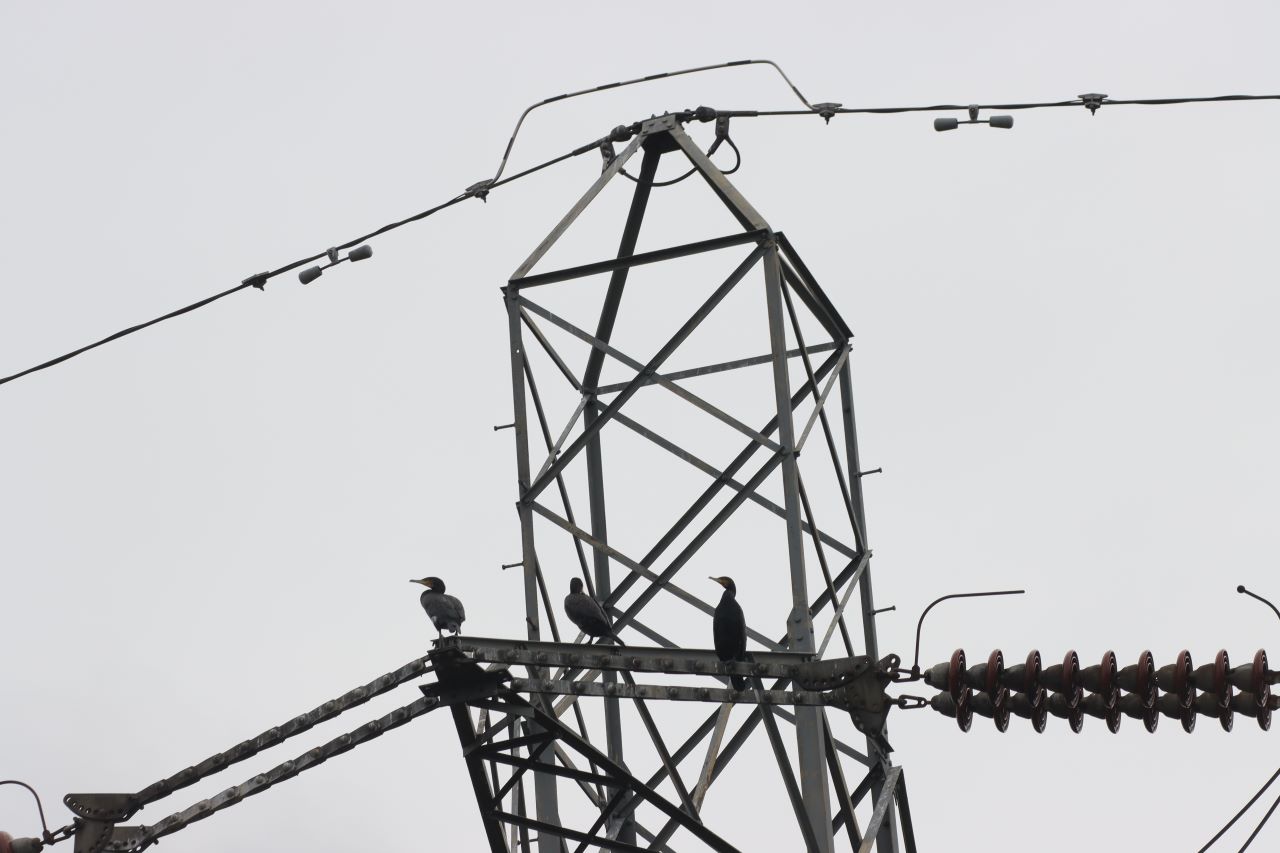
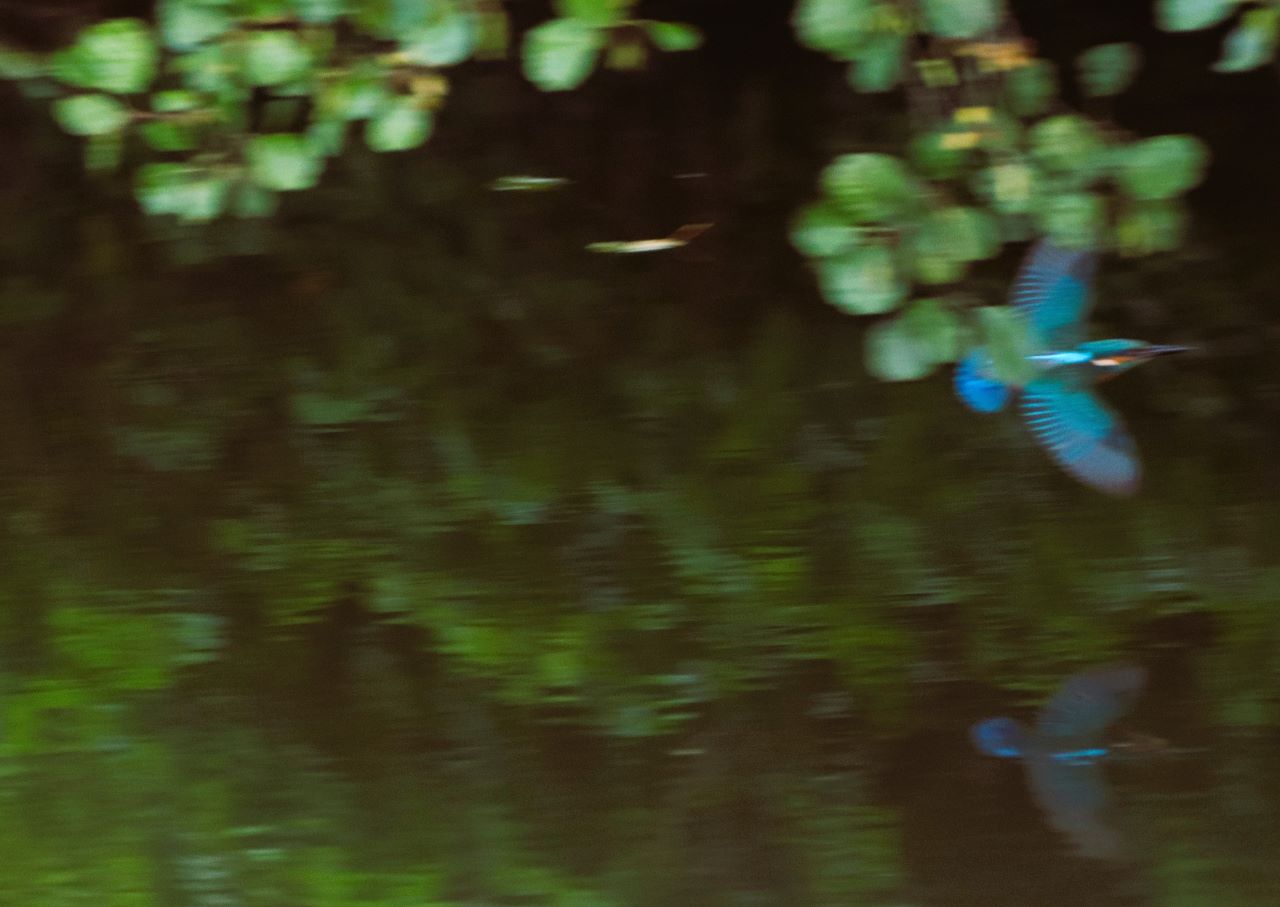


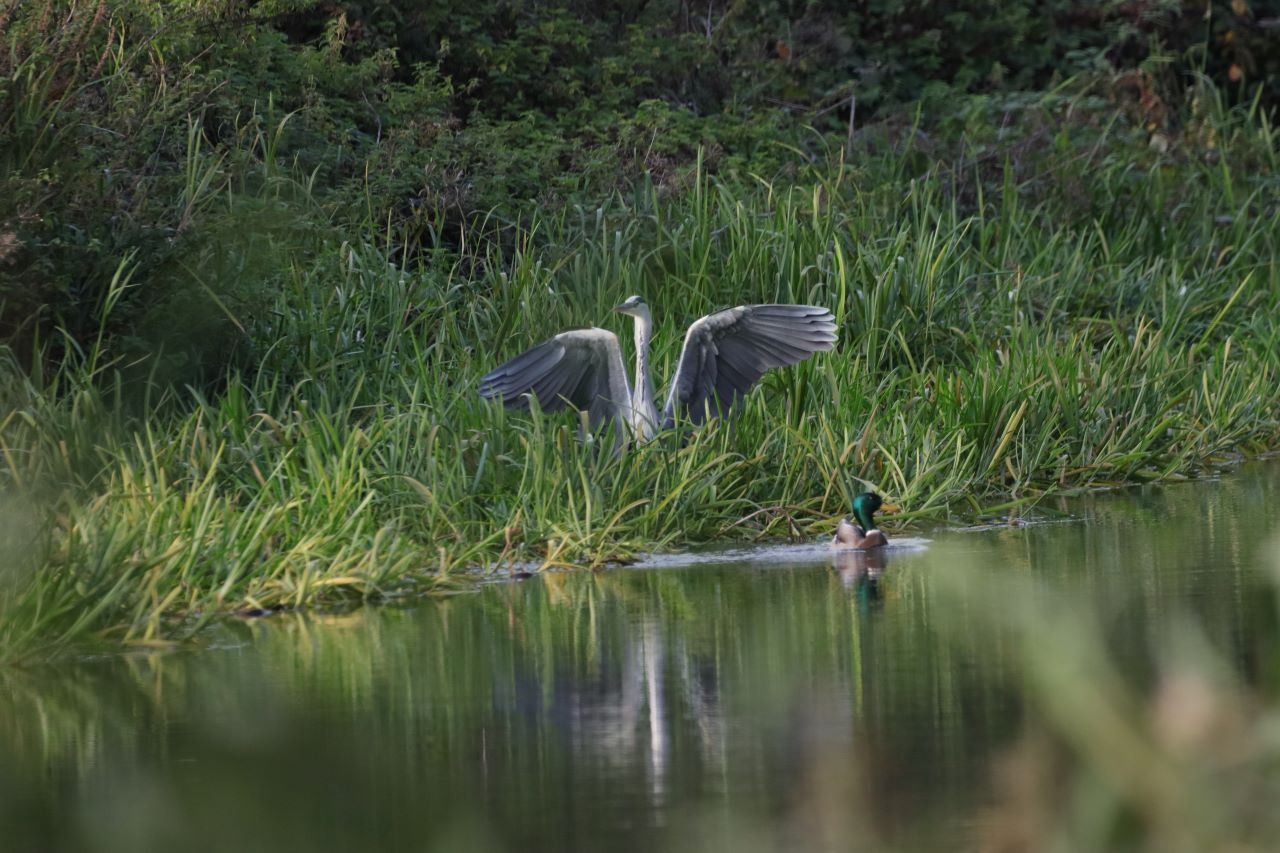
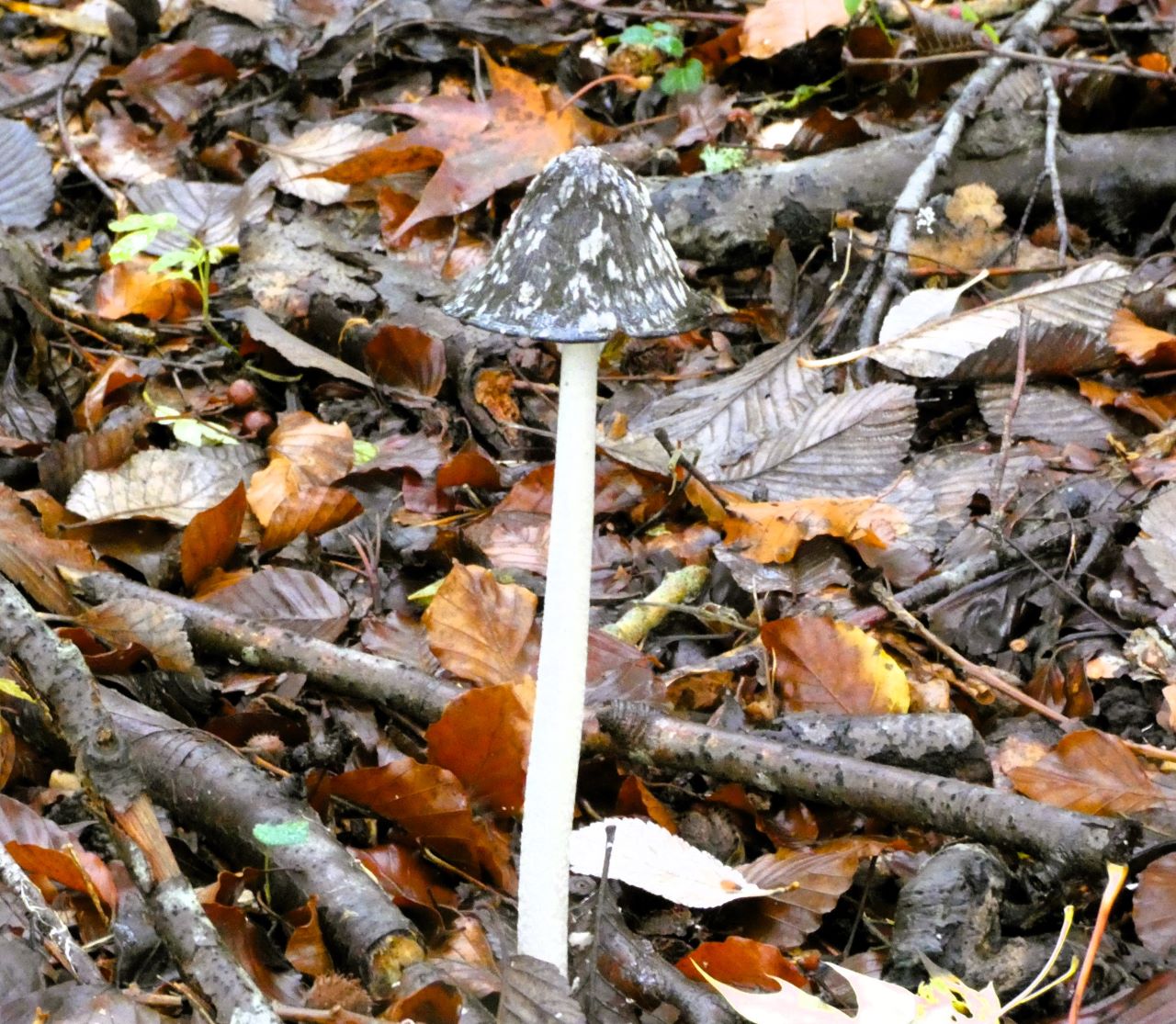
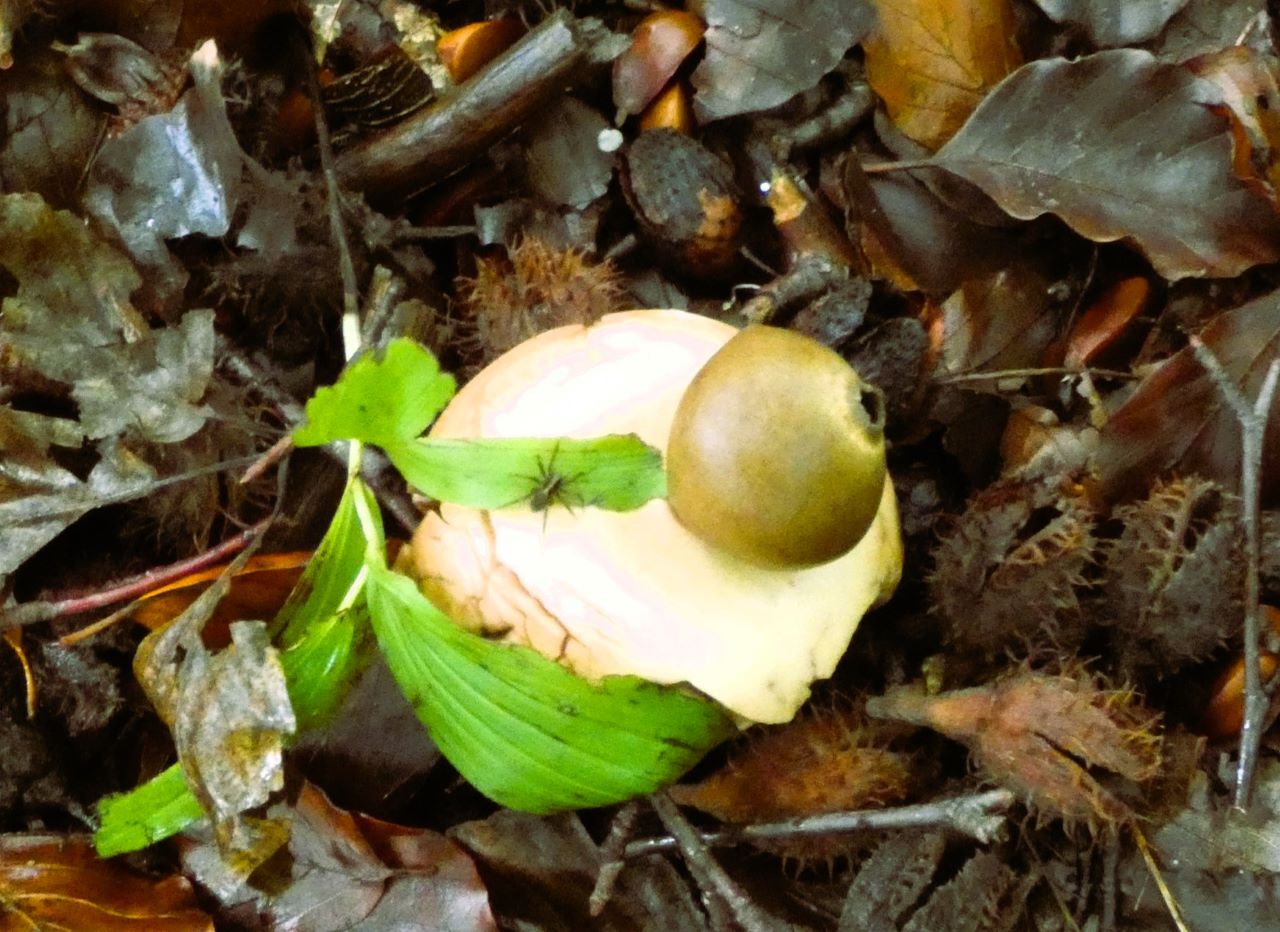
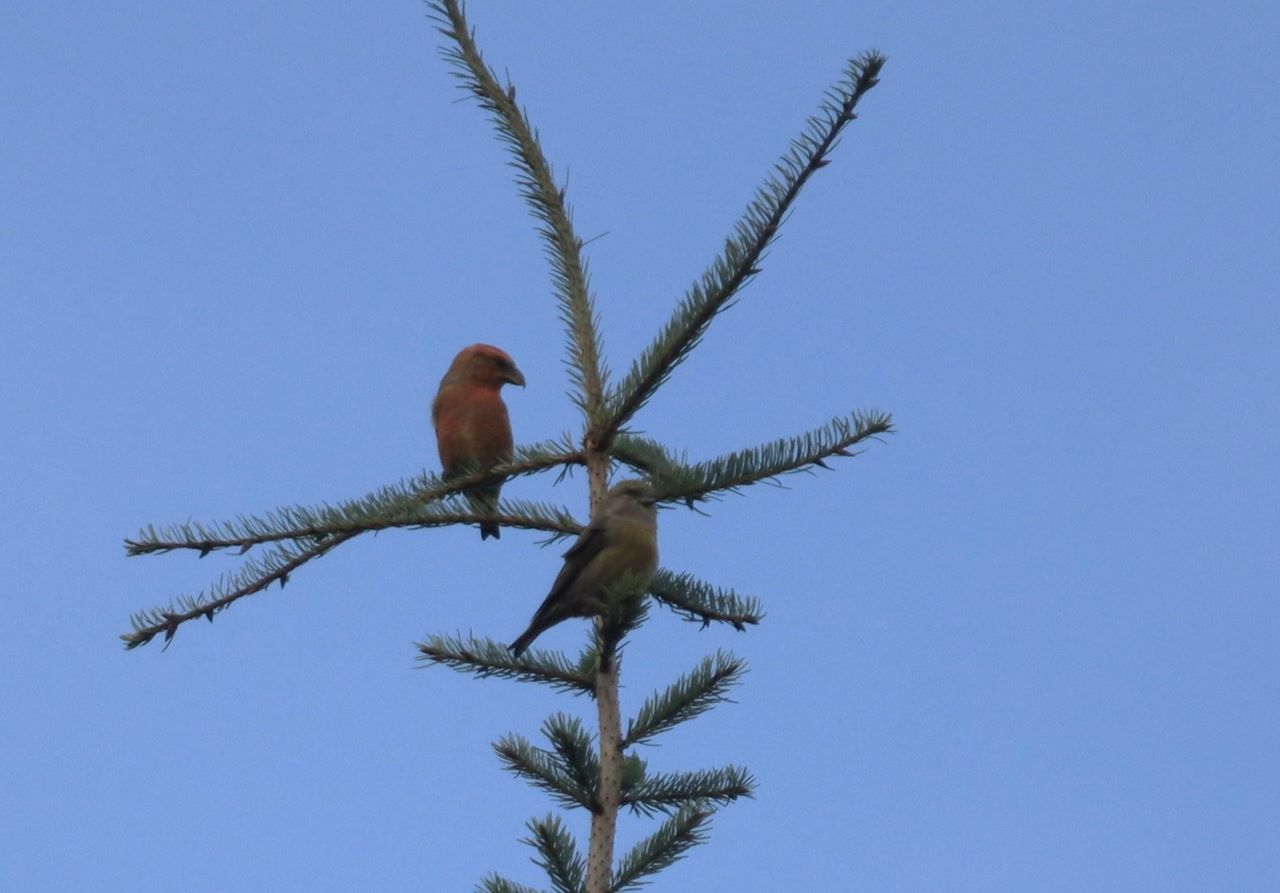



Recent Comments